
Lodhi Garden as Cultural Landscape: Heritage, Biodiversity, and Everyday Urbanism in Delhi
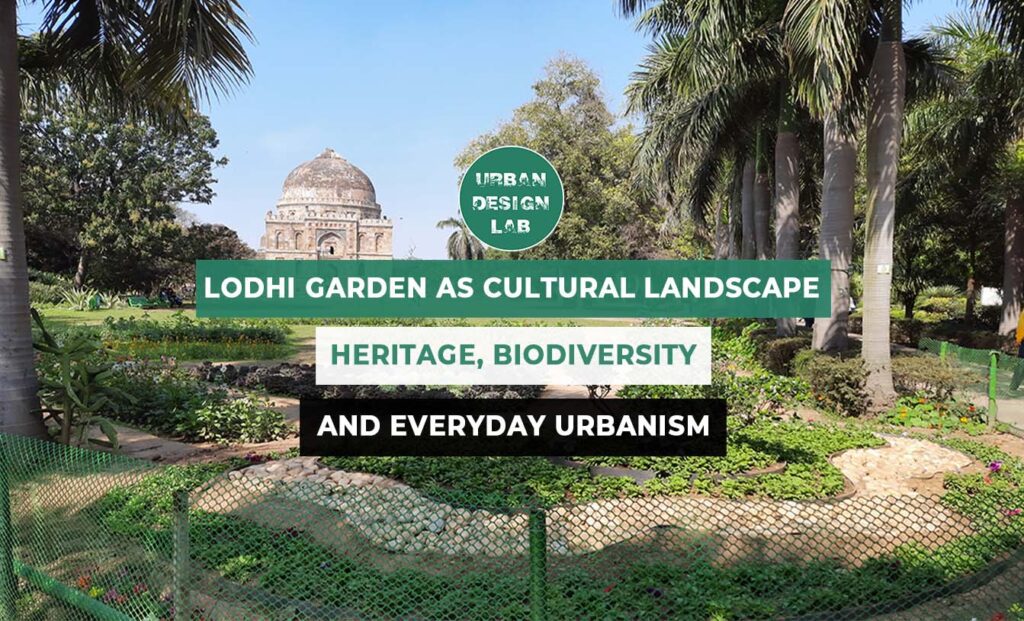
In the heart of New Delhi’s dense urban environment, Lodhi Garden emerges as a rare and valued public space that serves multiple roles: a protected archaeological landmark, a thriving biodiversity hub, and a lively venue for modern urban life. Rather than viewing it solely as a park, this article interprets Lodhi Garden as a “cultural landscape”—a term that reflects the ongoing interaction between human activity and natural elements over time. It applies a three-layered analytical model to explore the garden’s multifaceted identity. First, it acknowledges the site’s historical significance, rooted in the architectural remnants of the Sayyid and Lodhi dynasties. Second, it considers the garden’s ecological importance as a cultivated green lung that supports biodiversity within the city. Third, it highlights the garden’s role as a space for everyday social practices and interactions among Delhi’s diverse communities. This article argues that Lodhi Garden’s continued relevance and appeal stem from how these historical, ecological, and social layers seamlessly interact, offering an implicit model for preserving historic urban parks in rapidly urbanizing settings.
Introduction
On any morning in Delhi’s Lodhi Garden, history and everyday life effortlessly intertwine. Joggers move along winding paths that circle centuries-old tombs, yoga groups practice as the sun rises behind grand domes, and the cheerful calls of parakeets blend with the quiet murmur of conversation and laughter. This seemingly ordinary scene raises a thoughtful question: how can one place so successfully act as a heritage site, a vital green space, and a beloved social gathering spot all at once?
Instead of thinking of Lodhi Garden as just a park, this article tries to suggest that we see it as a “cultural landscape”—a space where nature and human history exist in constant, meaningful dialogue. This perspective, based on the ICOMOS definition, helps us understand the garden not in isolated parts but as a rich, living tapestry.
The article explores Lodhi Garden through three interconnected layers: its deep-rooted history, its curated and biodiverse environment, and its role as a space of everyday social life. Together, these elements offer not just charm, but valuable insights for the future of urban spaces across India.
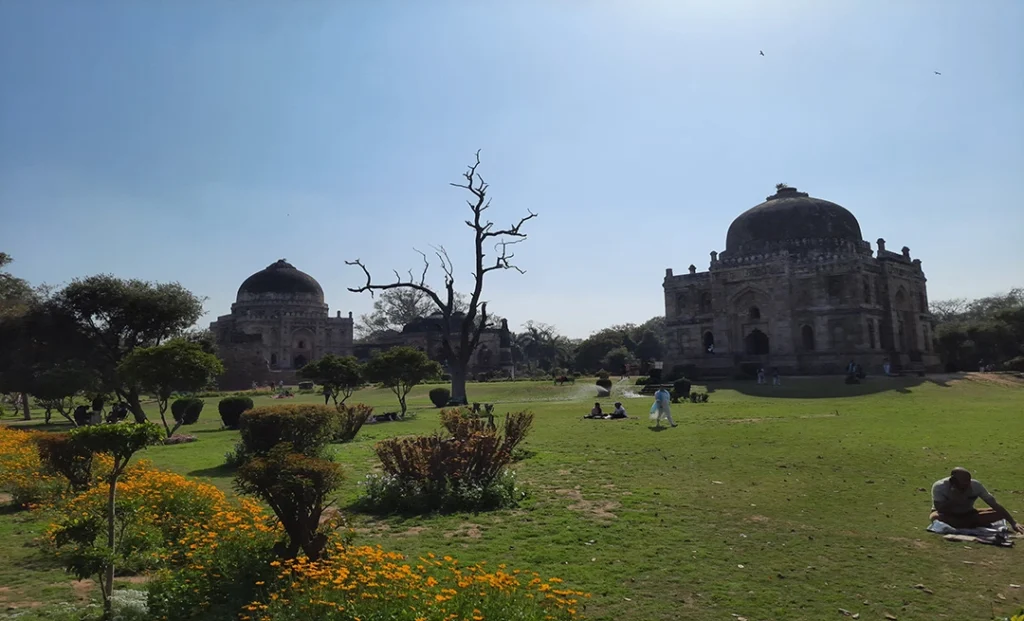
Source: author
Cultural Landscape and Heritage Management
The Concept of the Cultural Landscape
The concept of the cultural landscape, championed by UNESCO, emphasizes the profound ways in which human societies and the natural environment shape and influence each other across generations. Rather than seeing nature and culture as separate, this approach recognizes landscapes as living records of social, historical, and ecological processes. Lodhi Garden brilliantly embodies this idea; its historic tombs, British-era landscaping, and vibrant daily use together create a rich, layered setting that reflects Delhi’s evolving urban identity.
Heritage Management in Living Urban Spaces
Heritage management in bustling urban environments such as Delhi presents complex challenges. The Archaeological Survey of India (ASI) is tasked with safeguarding Lodhi Garden’s significant monuments, ensuring they are protected, conserved, and respected for their cultural value. Yet, these historic structures are set within a dynamic public park, used daily by a diverse community for recreation and leisure. Balancing preservation with the garden’s vibrant social life requires ongoing negotiation, careful planning, and community engagement to ensure both thrive together.
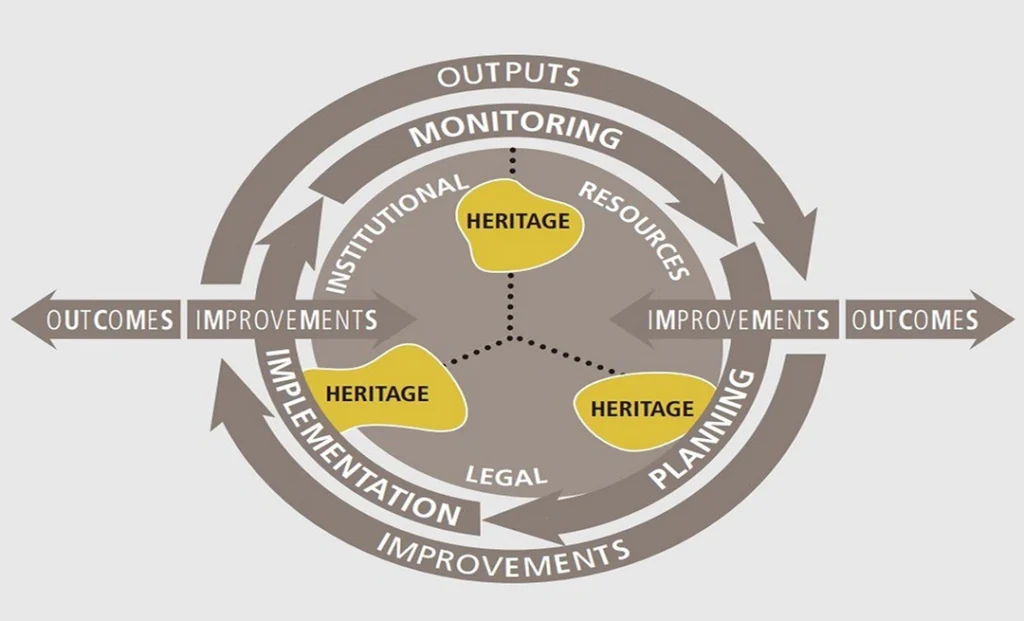
Source: Website Link
Urban Ecology and Everyday Urbanism
Urban Ecology and Designed Nature
Urban parks such as Lodhi Garden provide critical ecological functions that extend far beyond their visual beauty. Thoughtfully designed landscapes are essential refuges for urban biodiversity, offering shelter and resources for diverse plant and animal species—particularly adaptable birds. These green spaces also help purify city air, moderate temperatures, and reduce noise pollution. Additionally, they provide psychological and physical benefits for residents, supporting mental health, recreation, and relaxation. Even as artificial creations, they are fundamental components of a healthy urban ecosystem.
Everyday Urbanism and the Social Production of Space
Everyday urbanism highlights how ordinary routines and social interactions animate public spaces, making them vibrant and meaningful. Drawing on the ideas of Henri Lefebvre, this perspective argues that space is not just a physical setting but is continually shaped by its users. In Lodhi Garden, daily jogs, family picnics, casual conversations, and group activities collectively transform the park into a living social tapestry, creating lasting memories, fostering a sense of community, and deeply embedding the space in people’s lives.
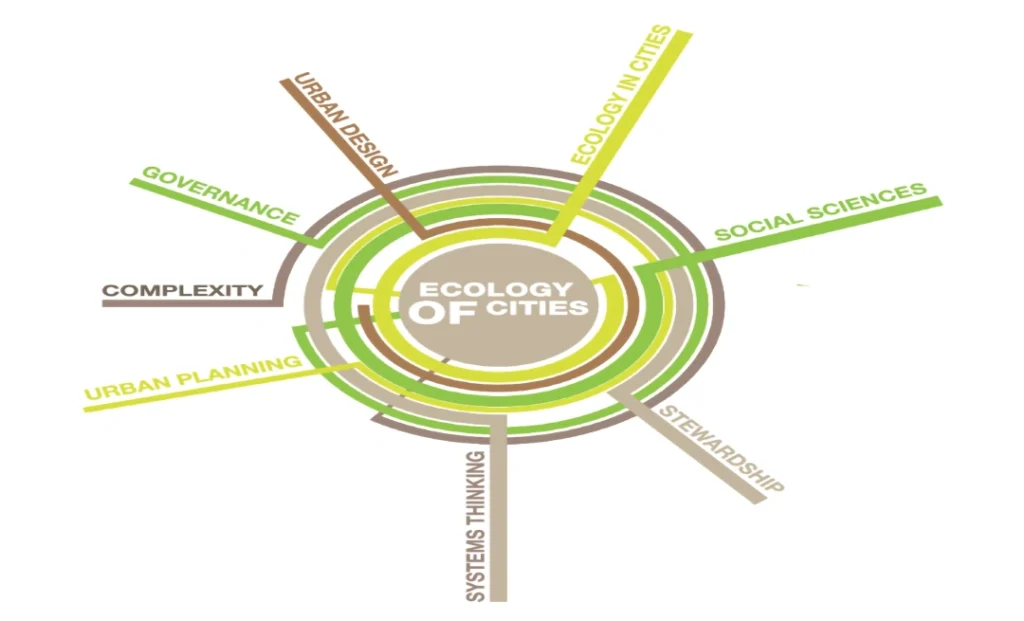
Analyzing the Layers of the Landscape
The Heritage Layer: A Necropolis in a Garden
At the heart of Lodhi Garden lie its centuries-old tombs, remnants of the Sayyid and Lodhi dynasties. These striking pre-Mughal structures—like the tombs of Mohammed Shah and Sikandar Lodhi—reflect a blend of Islamic and Hindu design elements. Though protected by the ASI, many visitors see them less as archaeology and more as poetic landmarks within a living garden.
The Ecological Layer: A Curated Biodiversity Hotspot
First laid out in 1936, the garden showcases elegant landscape design with lawns, streams, and themed gardens. Despite its planned nature, it brims with life—over 100 bird species thrive here, alongside a diverse range of trees and plants. The park helps purify Delhi’s air, moderates heat, and offers vital mental and physical relief from urban stress.
The Social Layer: The Stage for Everyday Urbanism
Lodhi Garden is a true people’s space. From early morning joggers and yoga groups to weekend families, lovers, students, and tourists, it’s a patchwork of everyday life. Its diverse users shape and share the space, making it surprisingly inclusive. This constant presence builds a sense of comfort, safety, and belonging for all who visit.
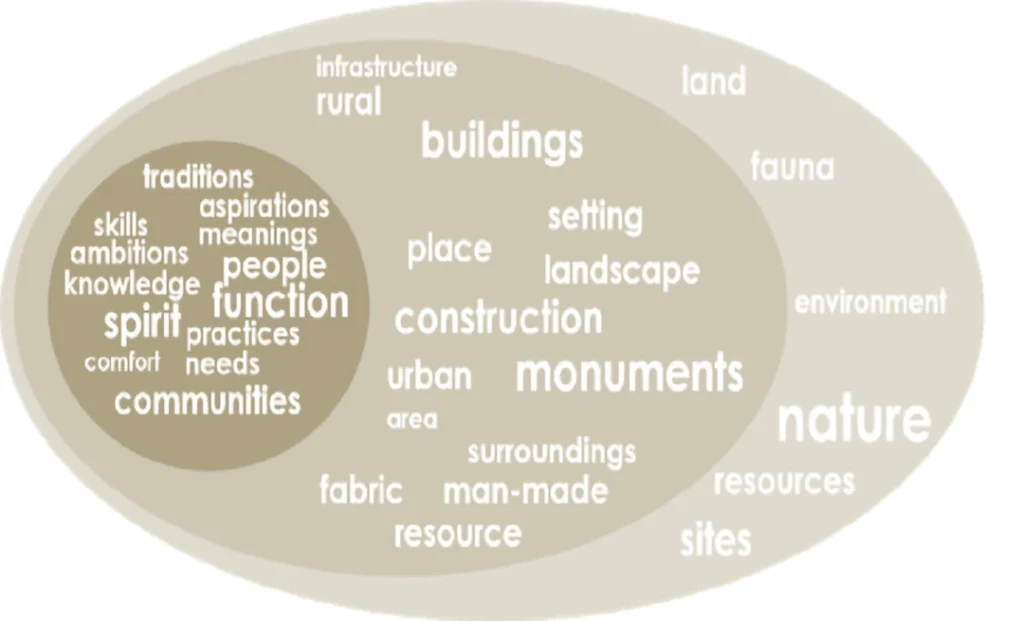
Discussion: The Synthesis of a Cultural Landscape
The true brilliance of Lodhi Garden doesn’t lie in any one feature, but in how its history, nature, and everyday life blend seamlessly. These layers work together beautifully, creating a space greater than the sum of its parts.
- Synergy in Action:
The centuries-old tombs add a quiet, majestic presence that transforms a casual stroll into something meaningful. The lush, well-tended landscape invites people in, making sure the historical monuments remain part of daily life rather than forgotten relics. The steady public presence adds energy and care—keeping the space both lively and safe, while encouraging ongoing maintenance and political attention.
- A Model of Co-Management:
Lodhi Garden thrives on a unique, mostly informal partnership. The ASI protects the monuments, while agencies like NDMC and CPWD care for the grounds. Just as important is the public itself—regular users whose respectful appreciation of the space helps sustain its charm and integrity.
- Underlying Tensions:
Even this harmony has its frictions. Heavy foot traffic can endanger delicate monuments. Public preferences for open lawns sometimes clash with ecological needs. And despite its openness, the garden’s elite location may still unintentionally limit who feels welcome.
Conclusion
Lodhi Garden is much more than the sum of its elements. It is a breathing, living cultural landscape where centuries of history, a well-designed natural setting, and the busy pulse of modern urban life intersect. To stroll through it is to live several narratives simultaneously. Its success is a powerful lesson for urban planners and heritage managers in India: that our most precious public spaces are those which celebrate complexity. They are spaces which pay respect to the past not by keeping it apart, but by incorporating it into the texture of everyday life. In an age of fast, frequently soulless urbanization, Lodhi Garden is a strong reminder that a city’s soul can be discovered in those spaces where its history, its nature, and its people converge.
References
- Bolund, P., & Hunhammar, S. (1999). Ecosystem services in urban areas. Ecological Economics, 29(2), 293-301.
- Chase, J., Crawford, M., & Kaliski, J. (Eds.). (1999). Everyday Urbanism. The Monacelli Press.
- National Heritage Trust (NHT). (2011). Delhi: The Built Heritage – A Listing. INTACH Delhi Chapter.
- Peck, L. (2013). Delhi: A Thousand Years of Building. Roli Books.
- UNESCO World Heritage Centre. (n.d.). Cultural Landscapes. Retrieved from whc.unesco.org/en/culturallandscape/.
- eBird India. (2025). Lodhi Garden Hotspot Information. Cornell Lab of Ornithology.

Sauhard Kukreti
About the author
Sauhard Kukreti is an architect currently advancing their expertise through a Master’s degree in Planning, specializing in Regional Planning. Their academic and professional interests are deeply rooted in regional planning and development policies, with a focus on sustainable and efficient regional transportation and rural development. They are also keenly interested in the natural environment and its conservation, addressing climate change impacts and mitigation strategies. Furthermore, Sauhard Kukreti explores the integration of artificial intelligence and machine learning to innovate within the field of regional planning.
Related articles

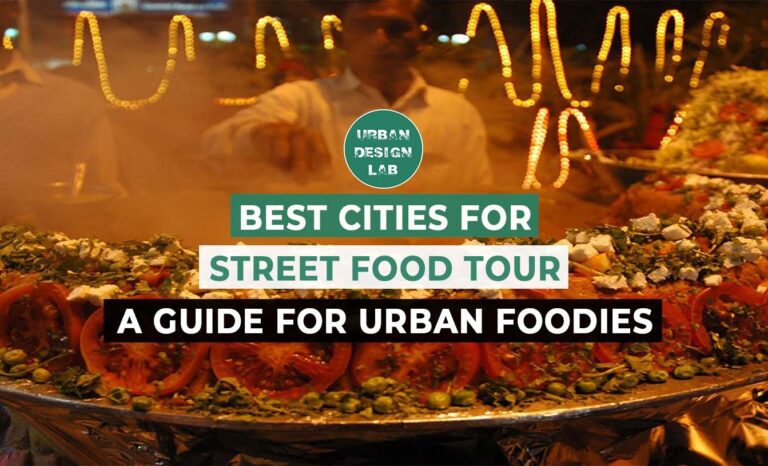
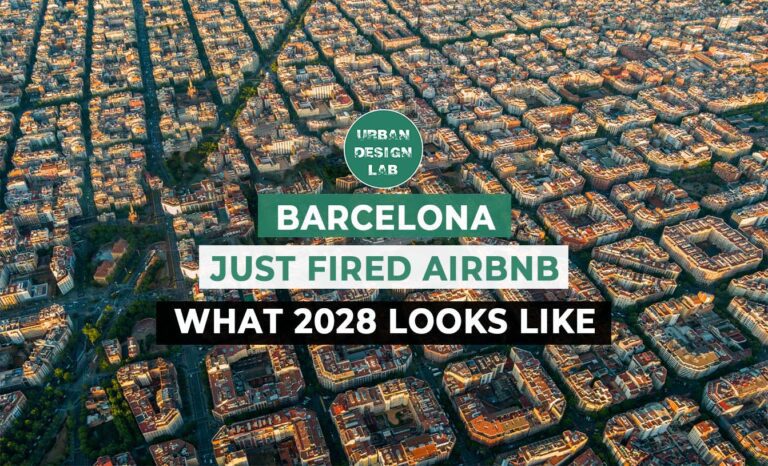
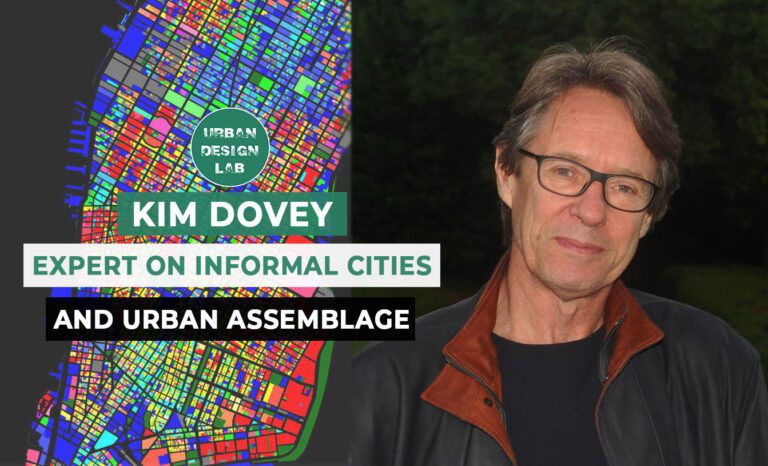
Kim Dovey: Leading Theories on Informal Cities and Urban Assemblage
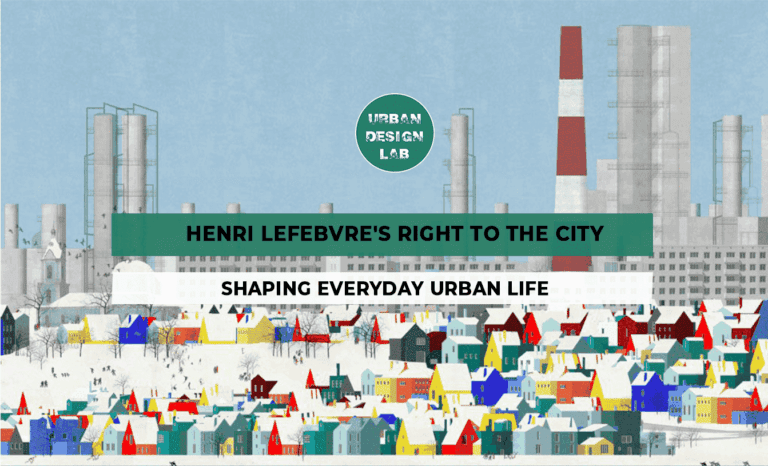
Henri Lefebvre’s Right to the City: Shaping Everyday Urban Life
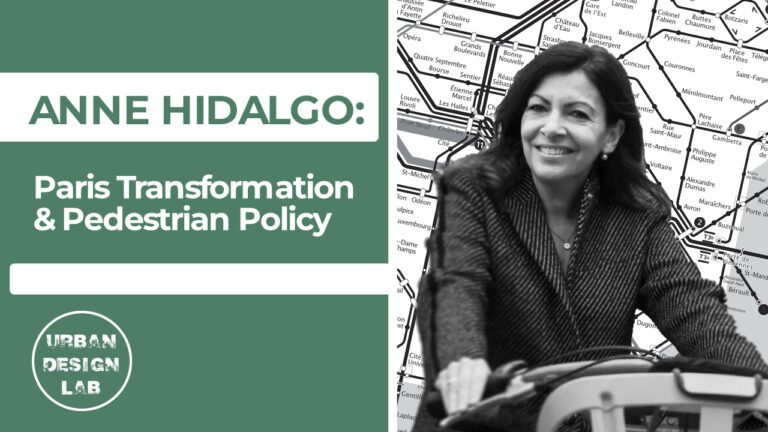
Anne Hidalgo – aris Transformation & Pedestrian Policy
UDL Illustrator
Masterclass
Visualising Urban and Architecture Diagrams
Session Dates
17th-18th January 2026

Urban Design Lab
Be the part of our Network
Stay updated on workshops, design tools, and calls for collaboration
Curating the best graduate thesis project globally!

Free E-Book
From thesis to Portfolio
A Guide to Convert Academic Work into a Professional Portfolio”
Recent Posts
- Article Posted:
- Article Posted:
- Article Posted:
- Article Posted:
- Article Posted:
- Article Posted:
- Article Posted:
- Article Posted:
- Article Posted:
- Article Posted:
Sign up for our Newsletter
“Let’s explore the new avenues of Urban environment together “

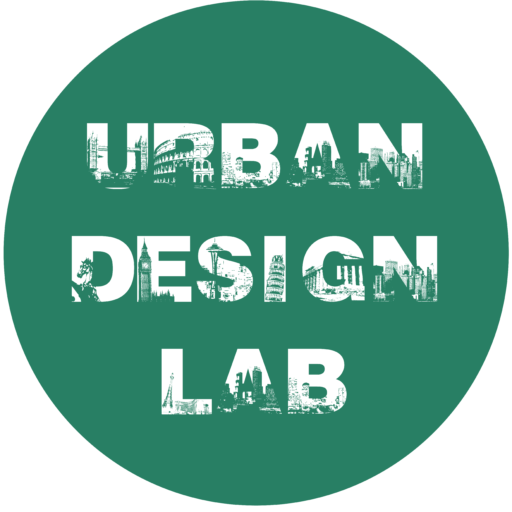
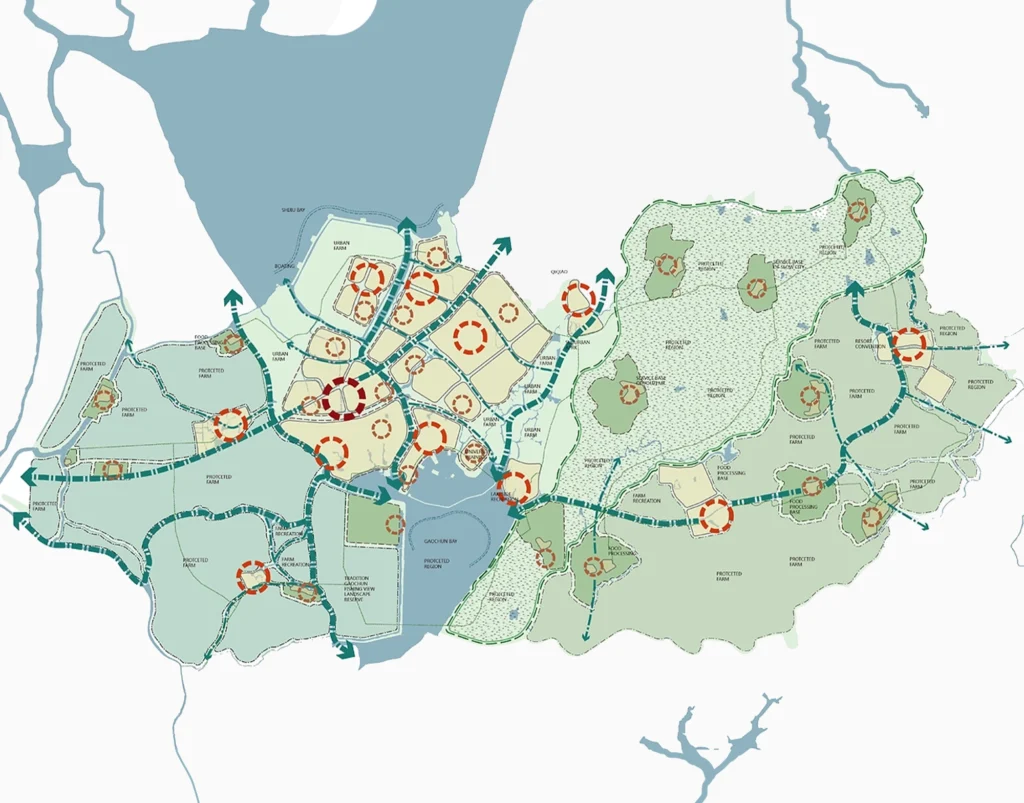
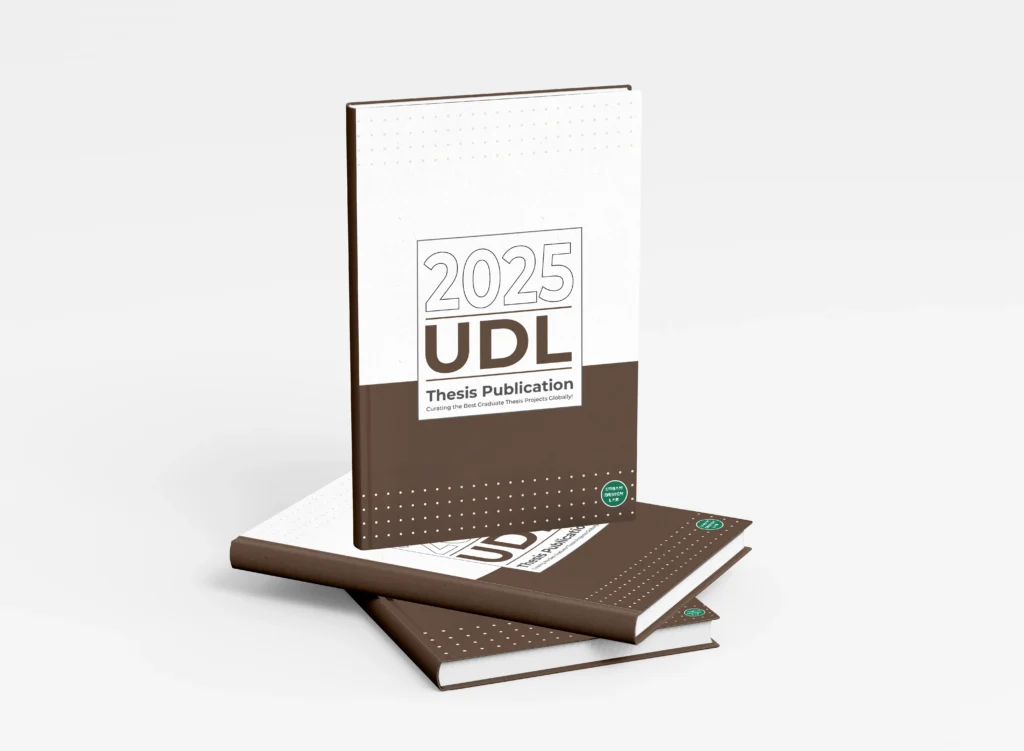
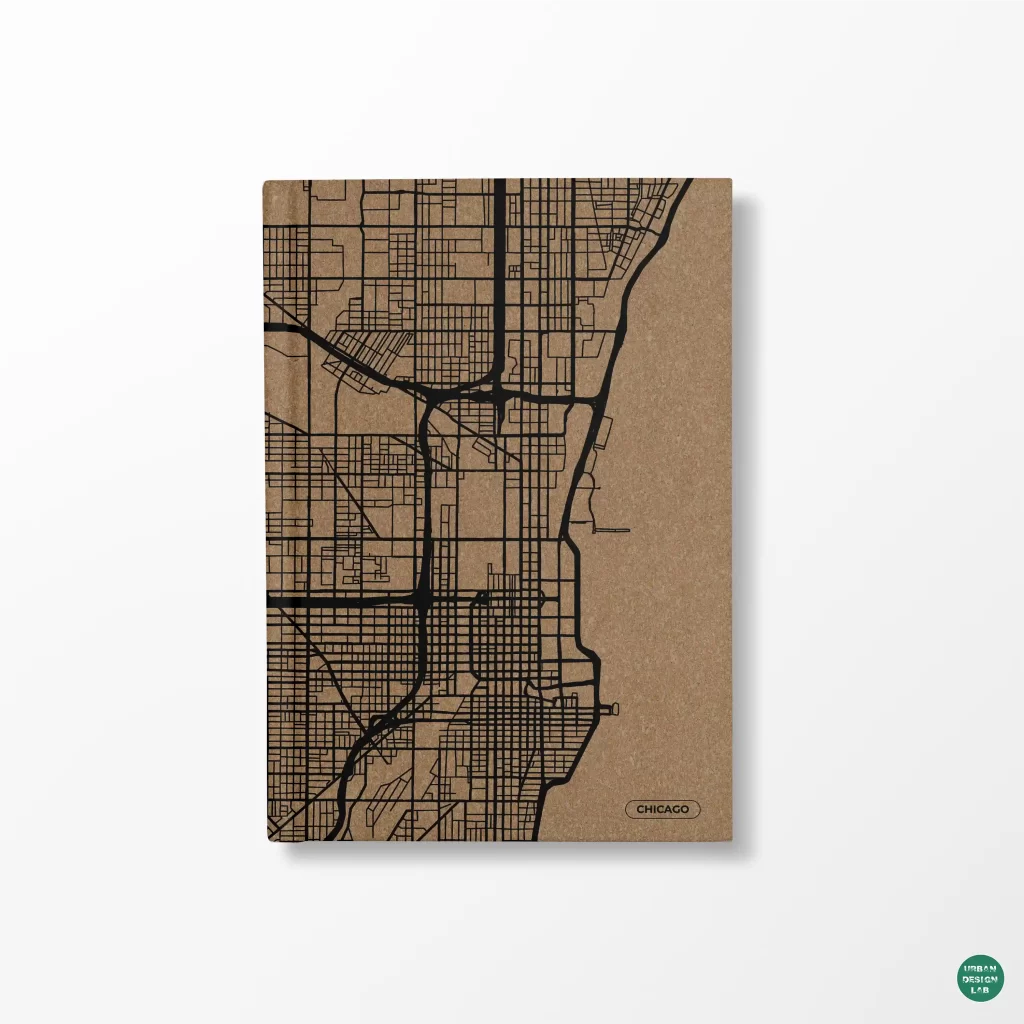
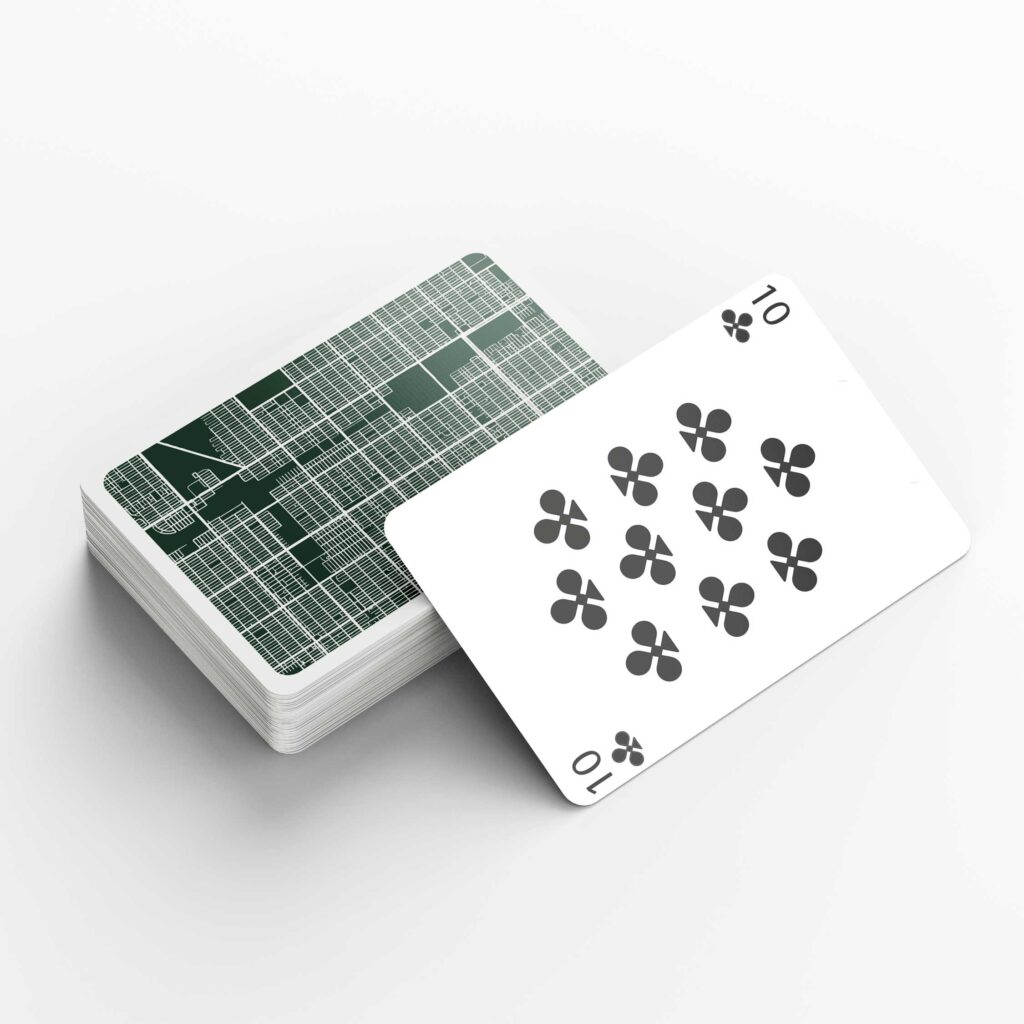
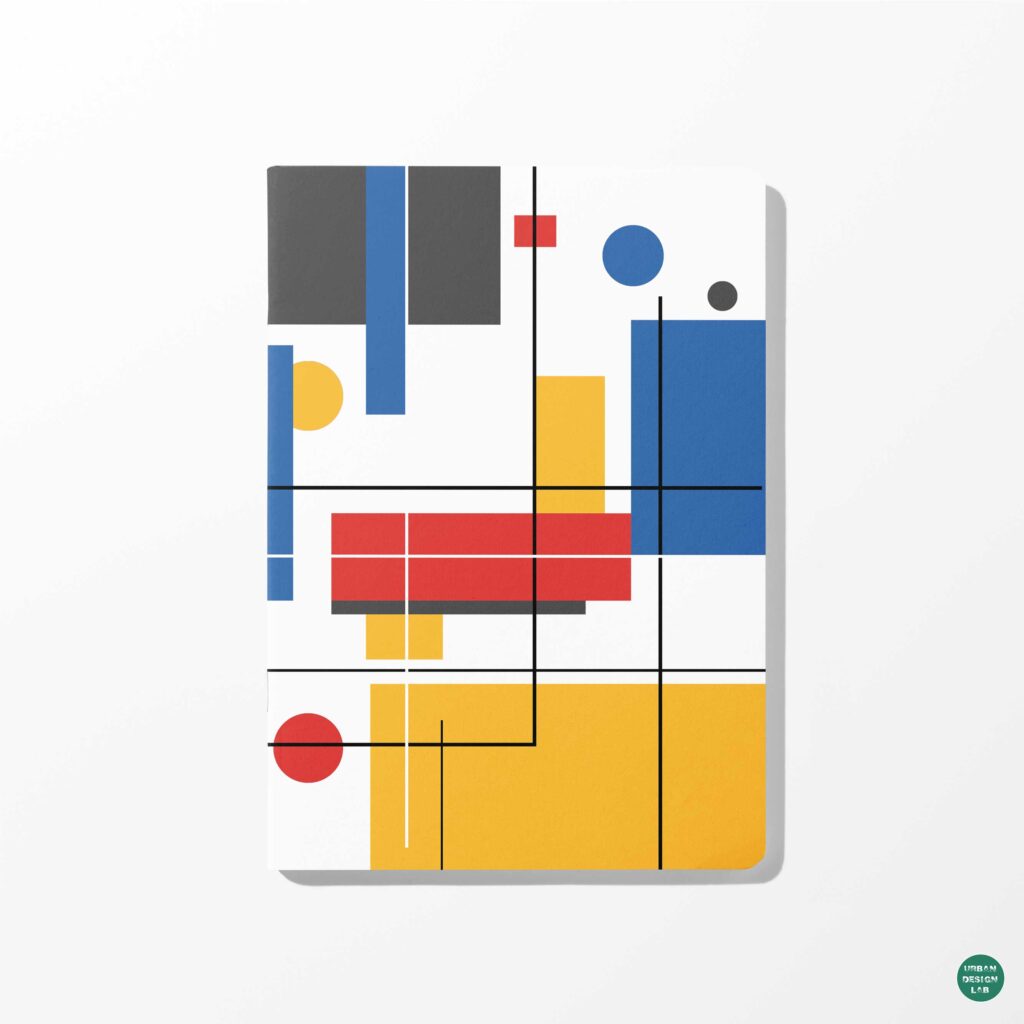
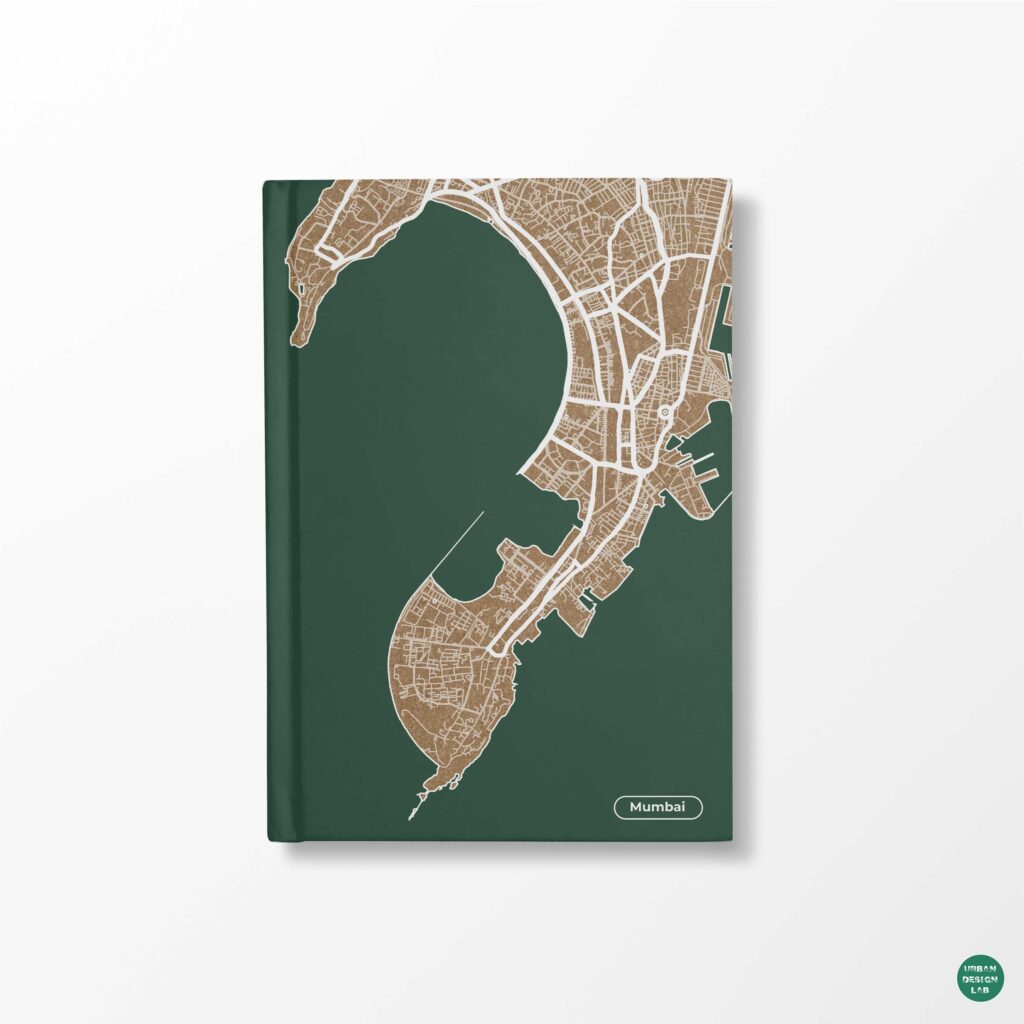
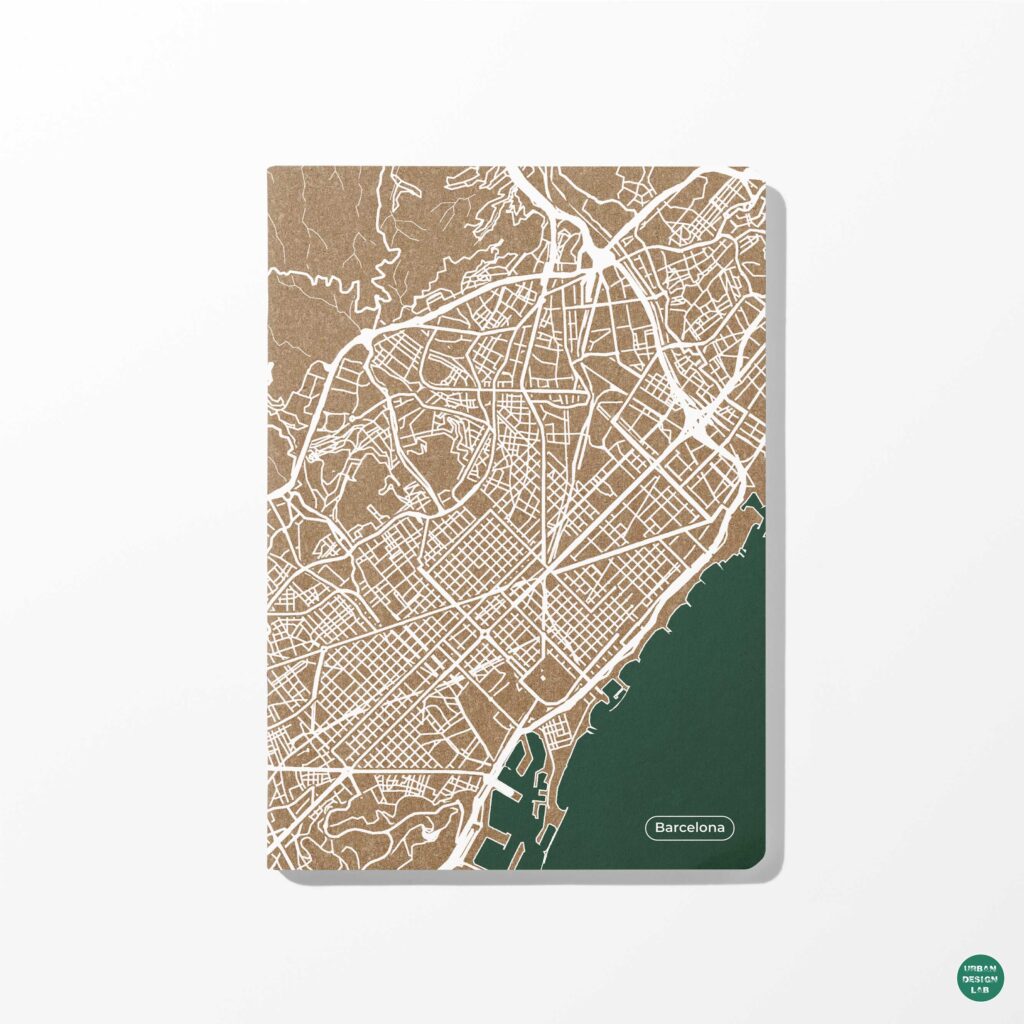
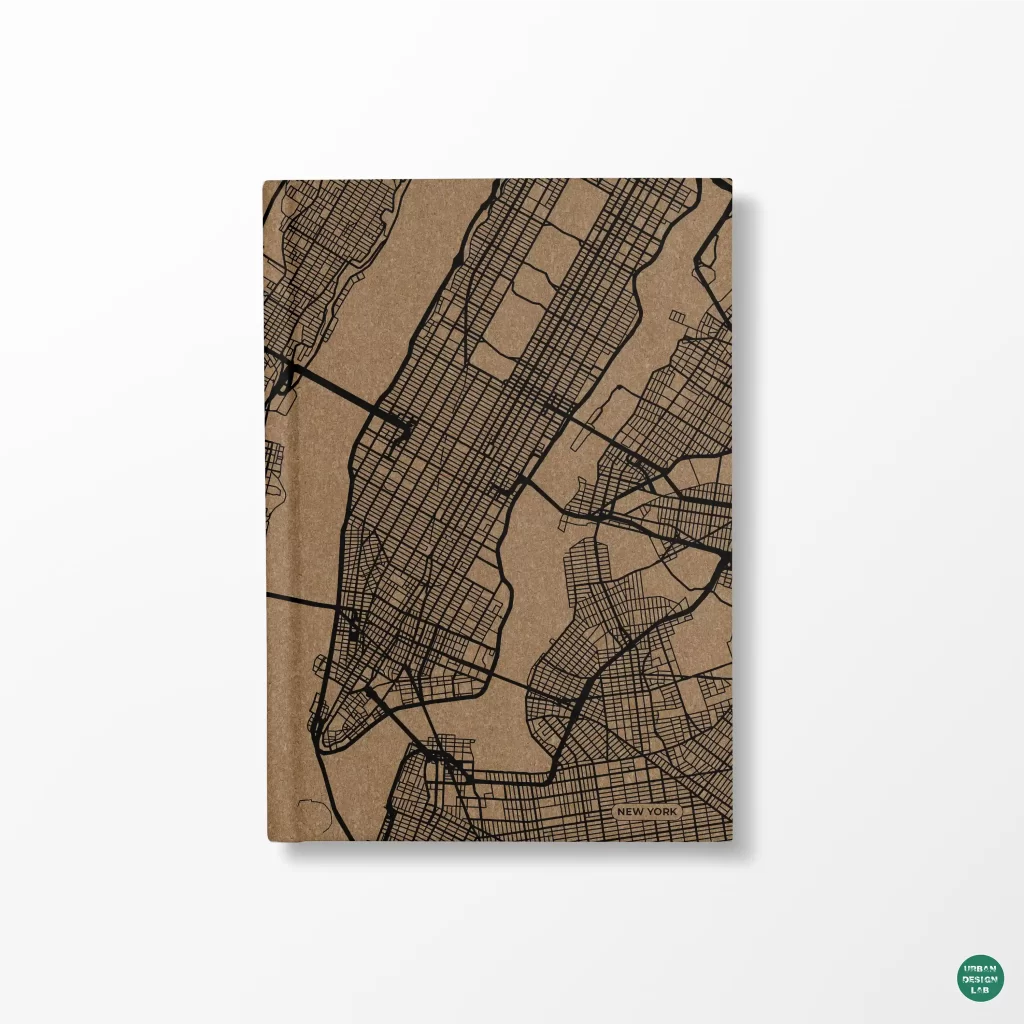
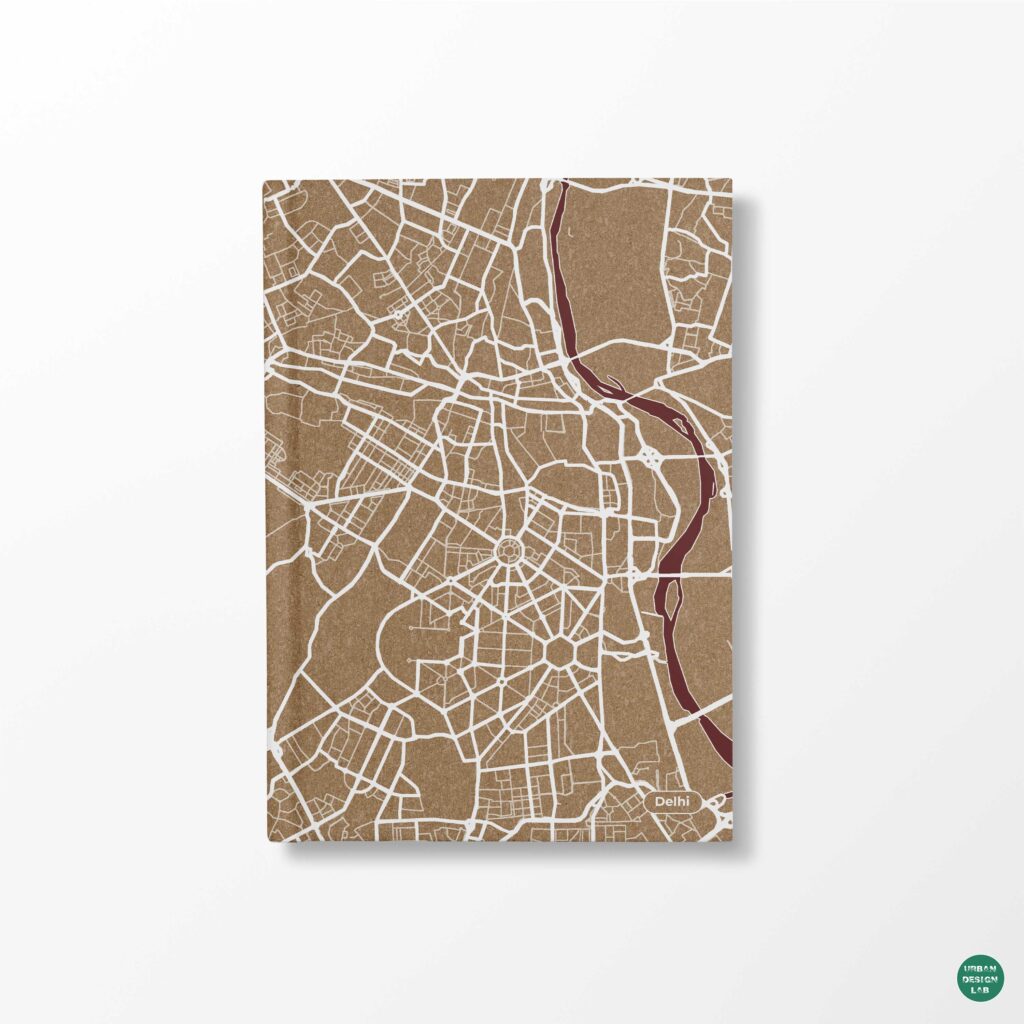
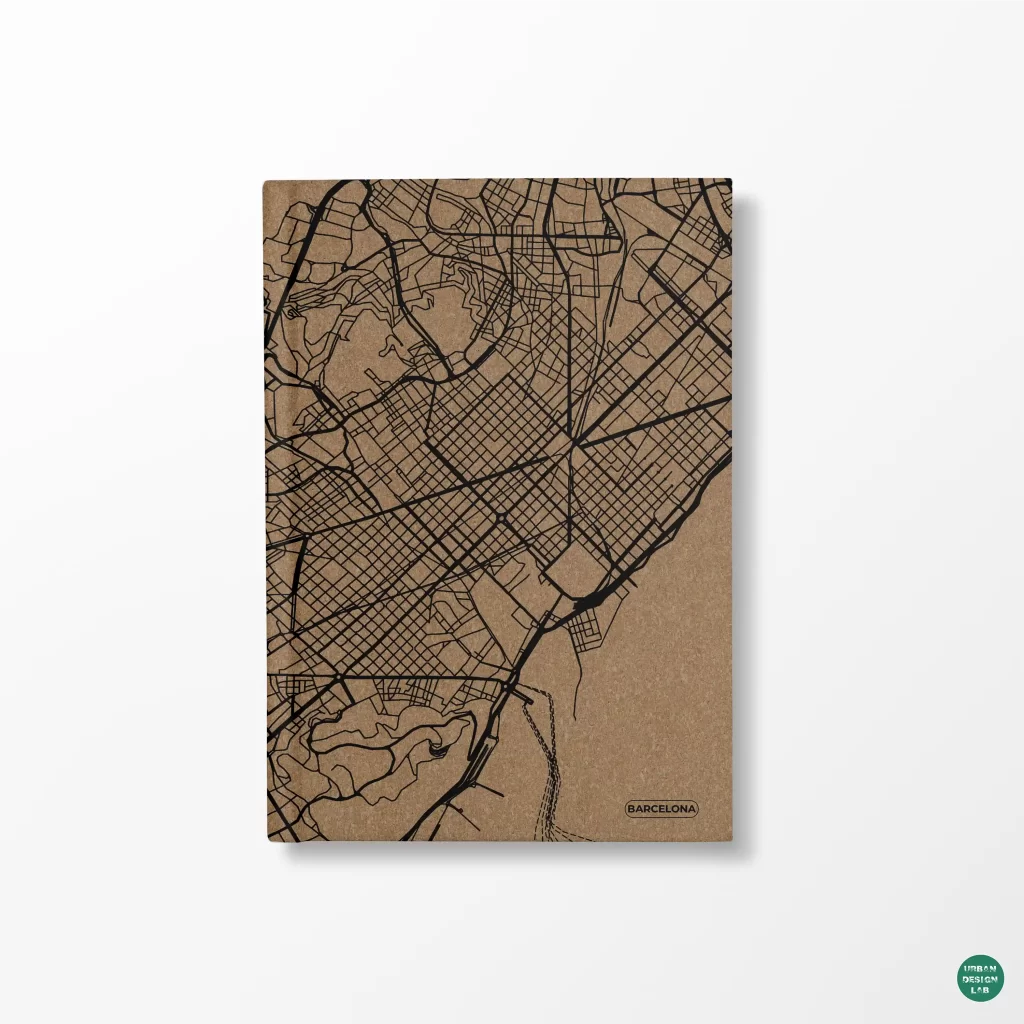
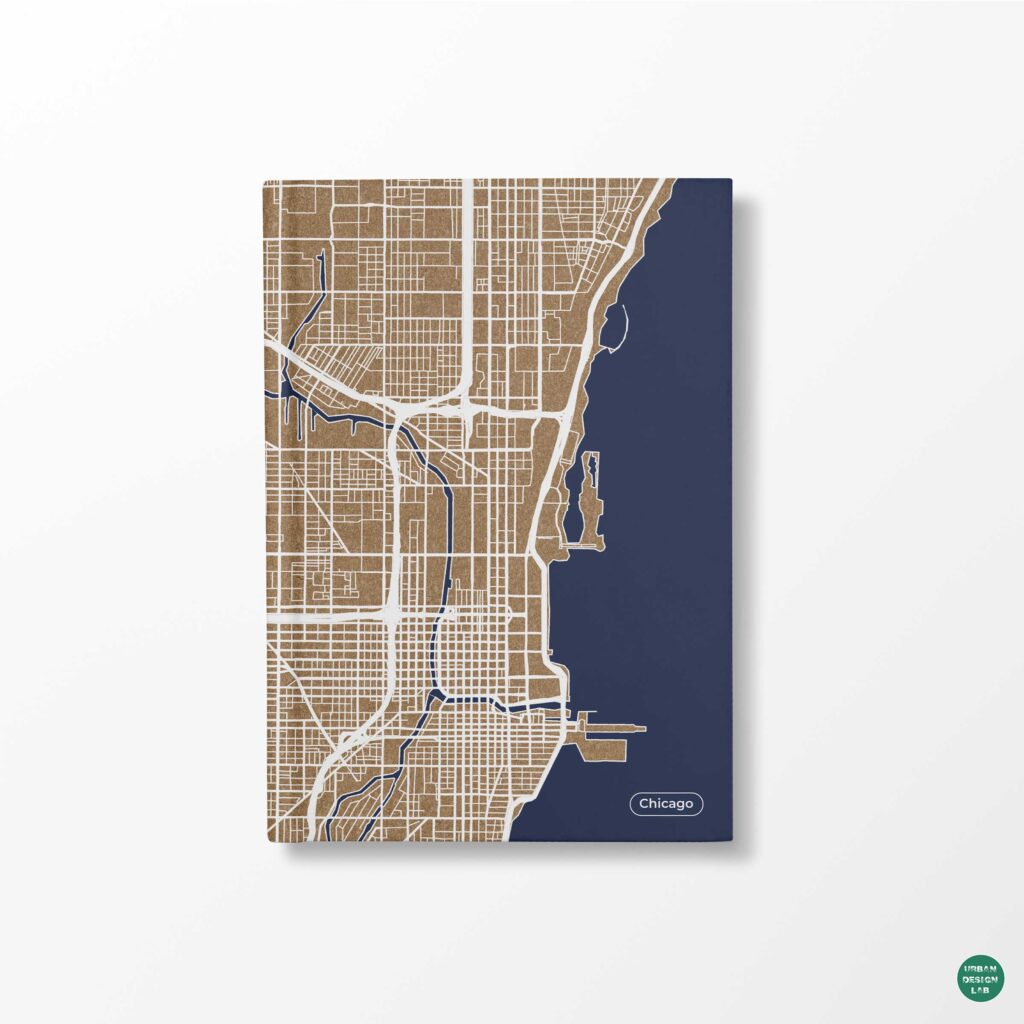
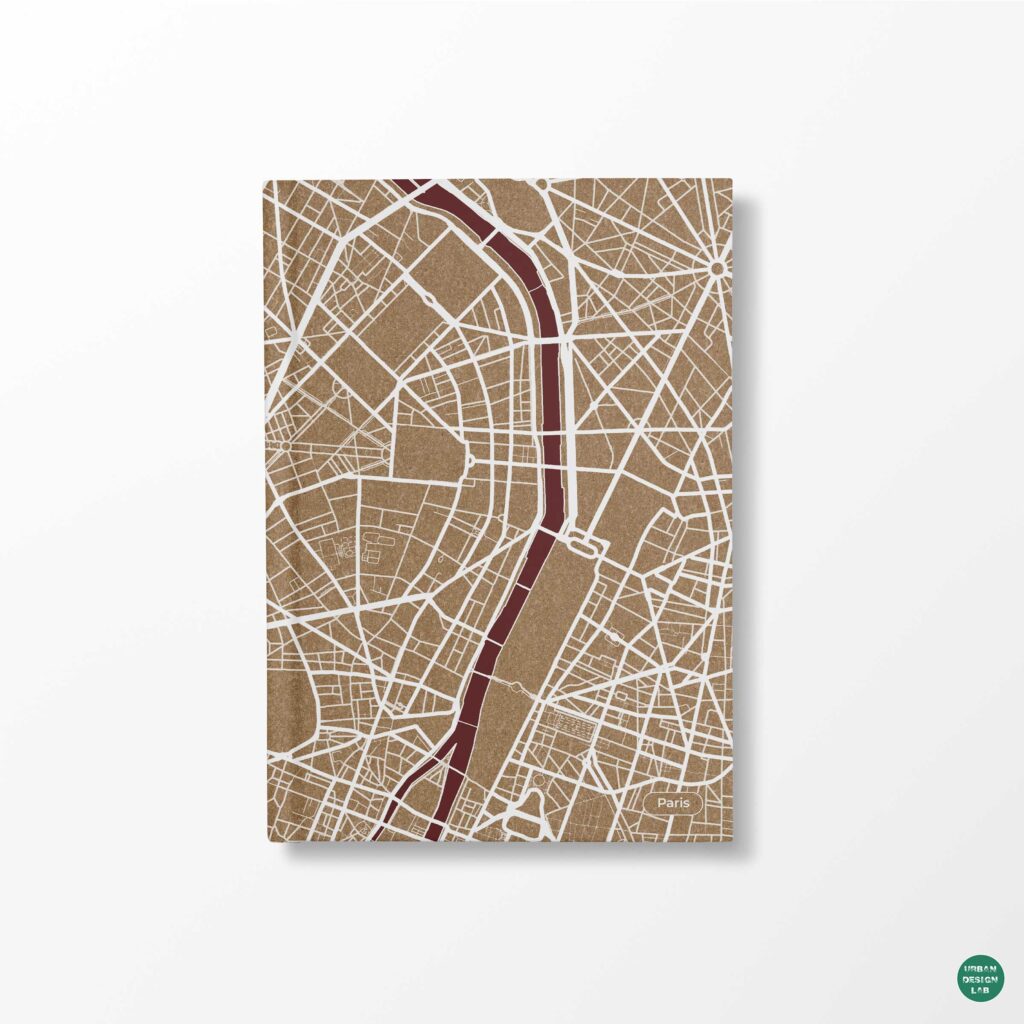
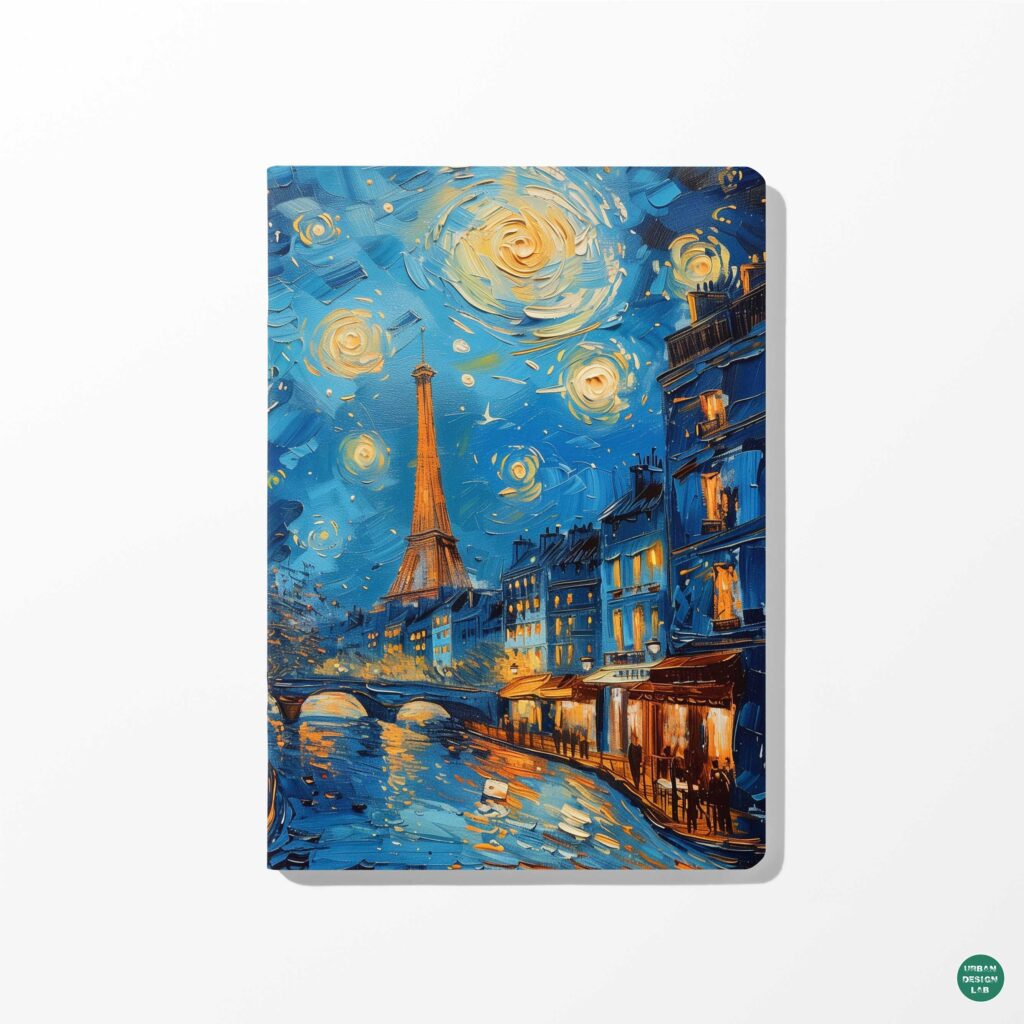
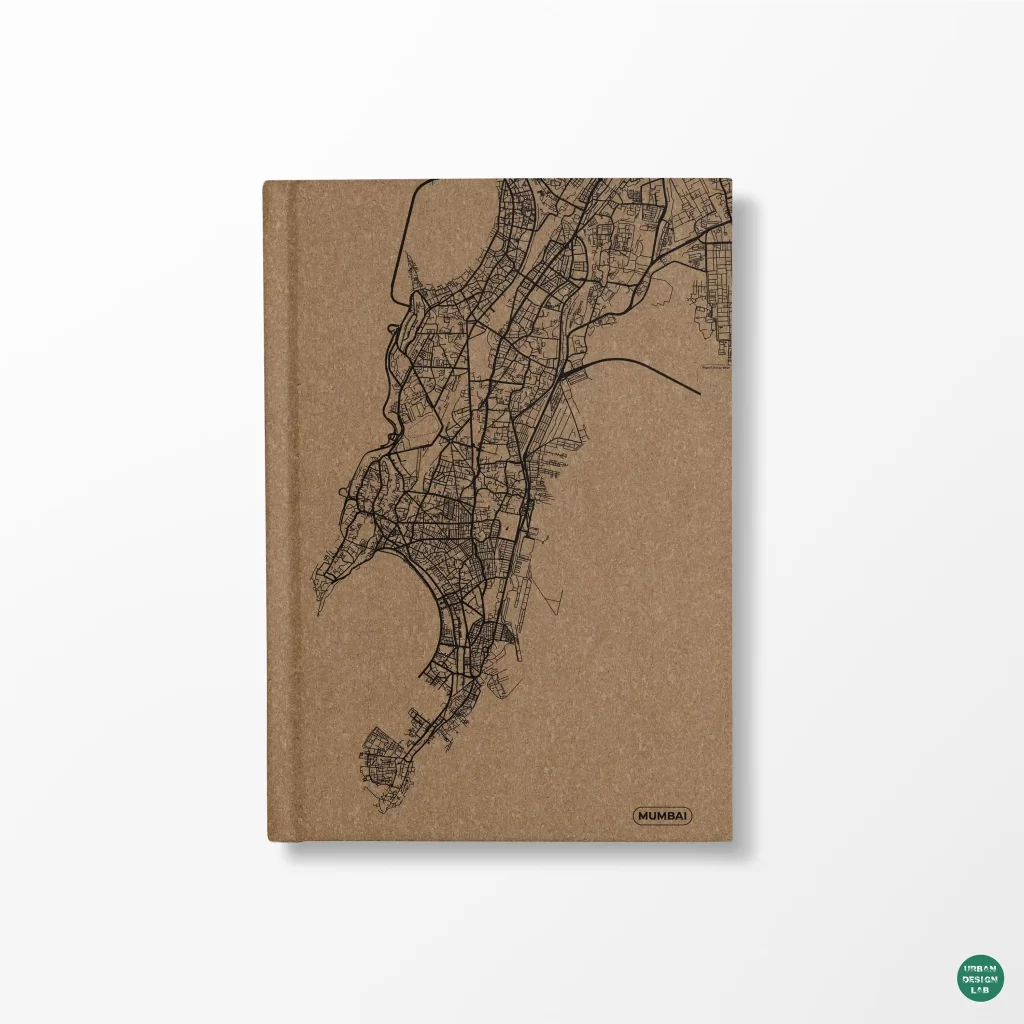
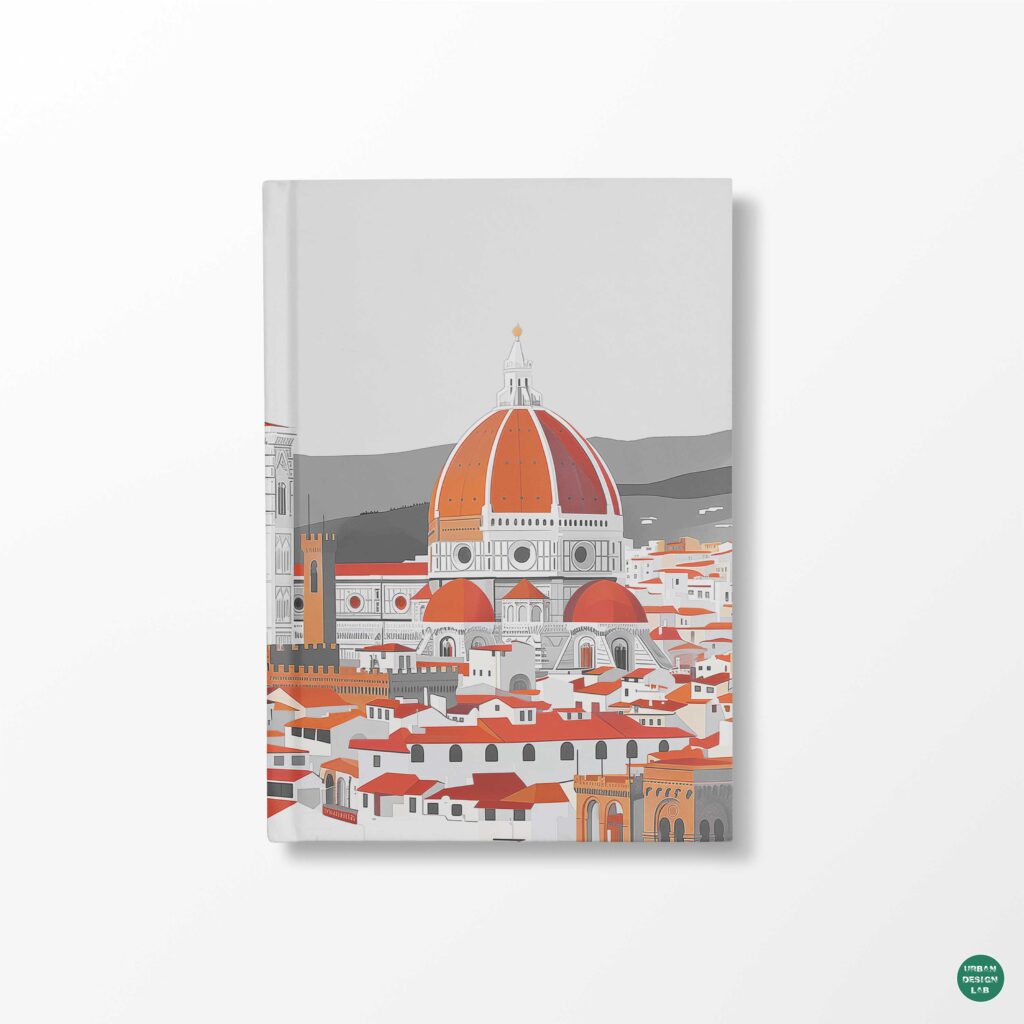
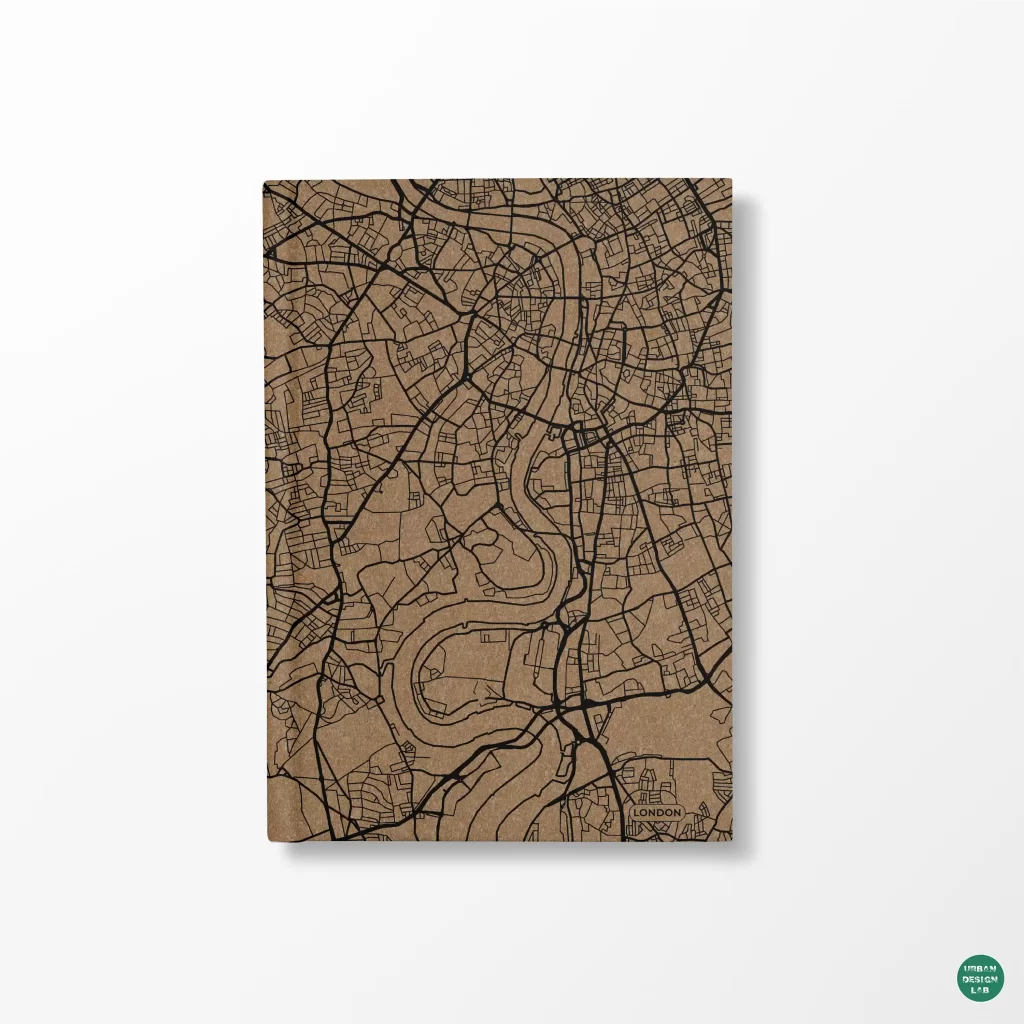
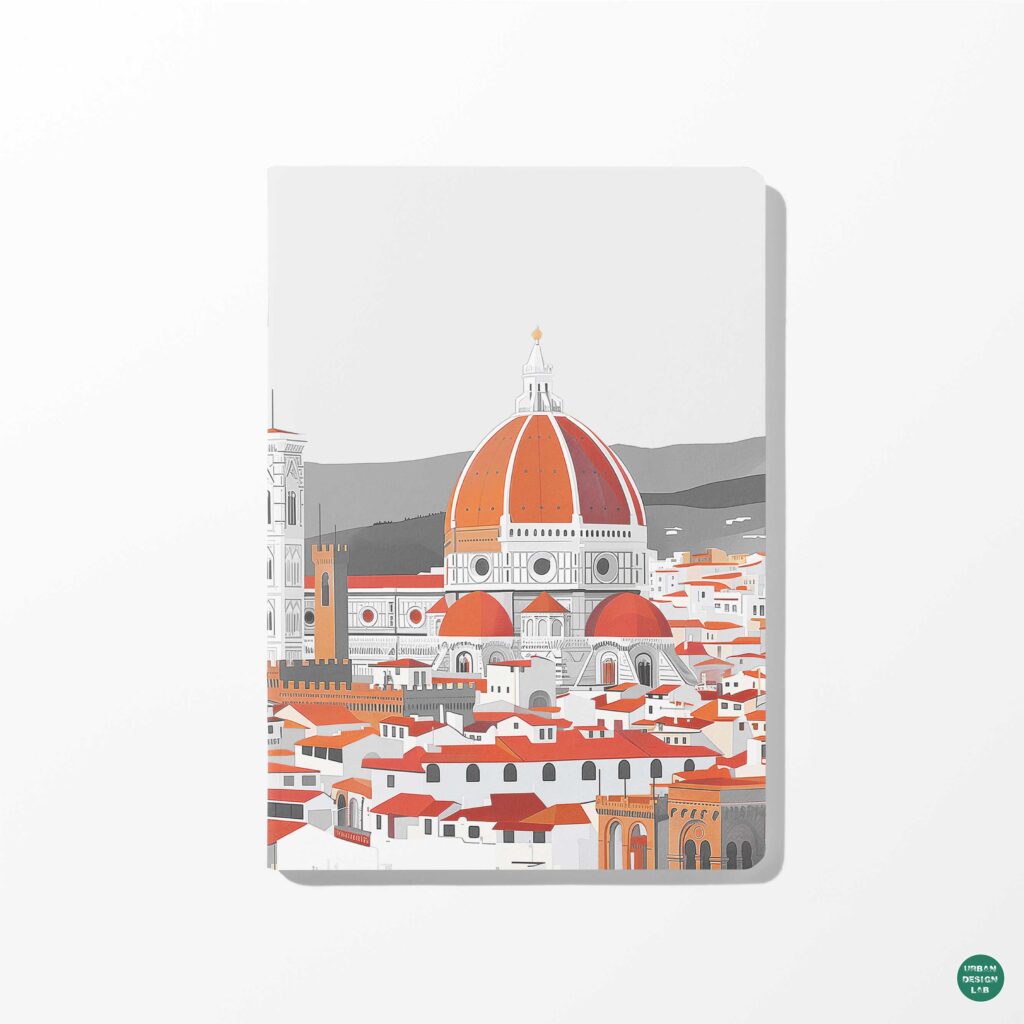
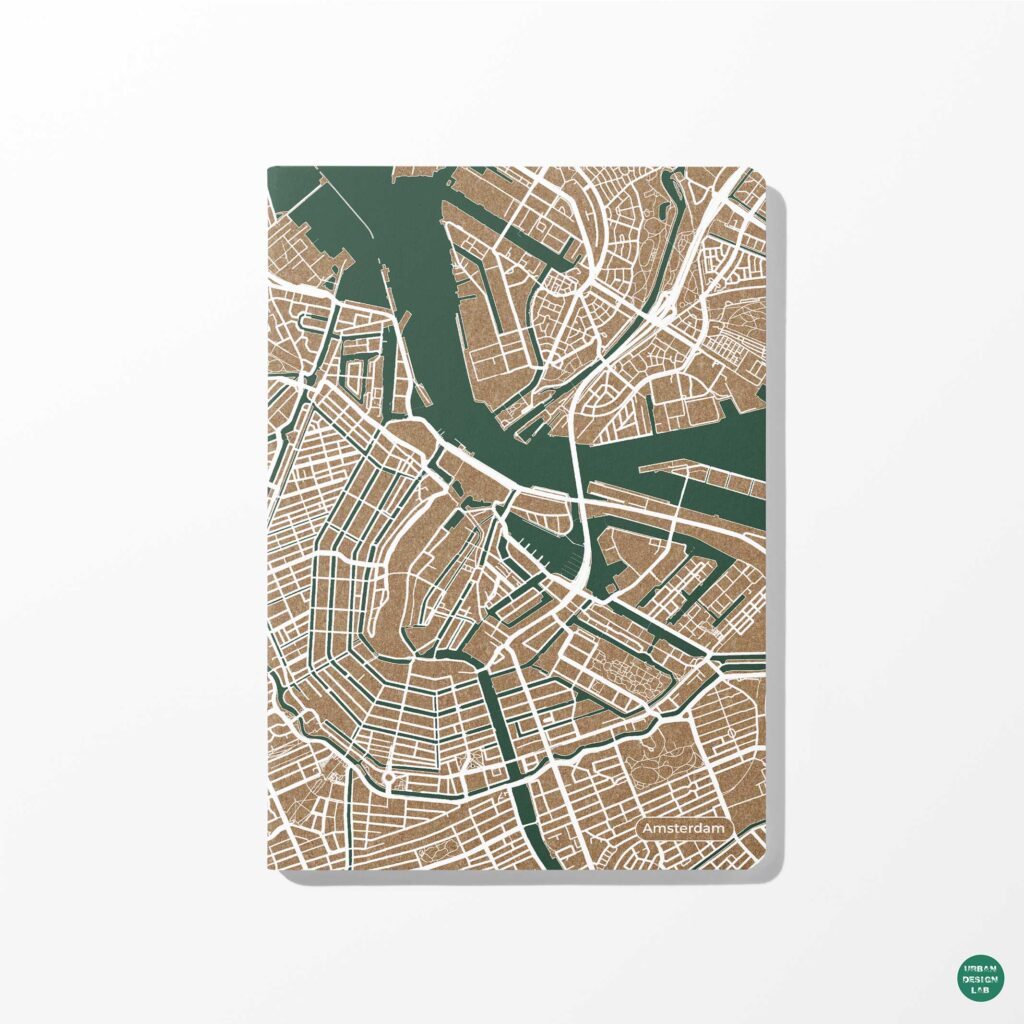
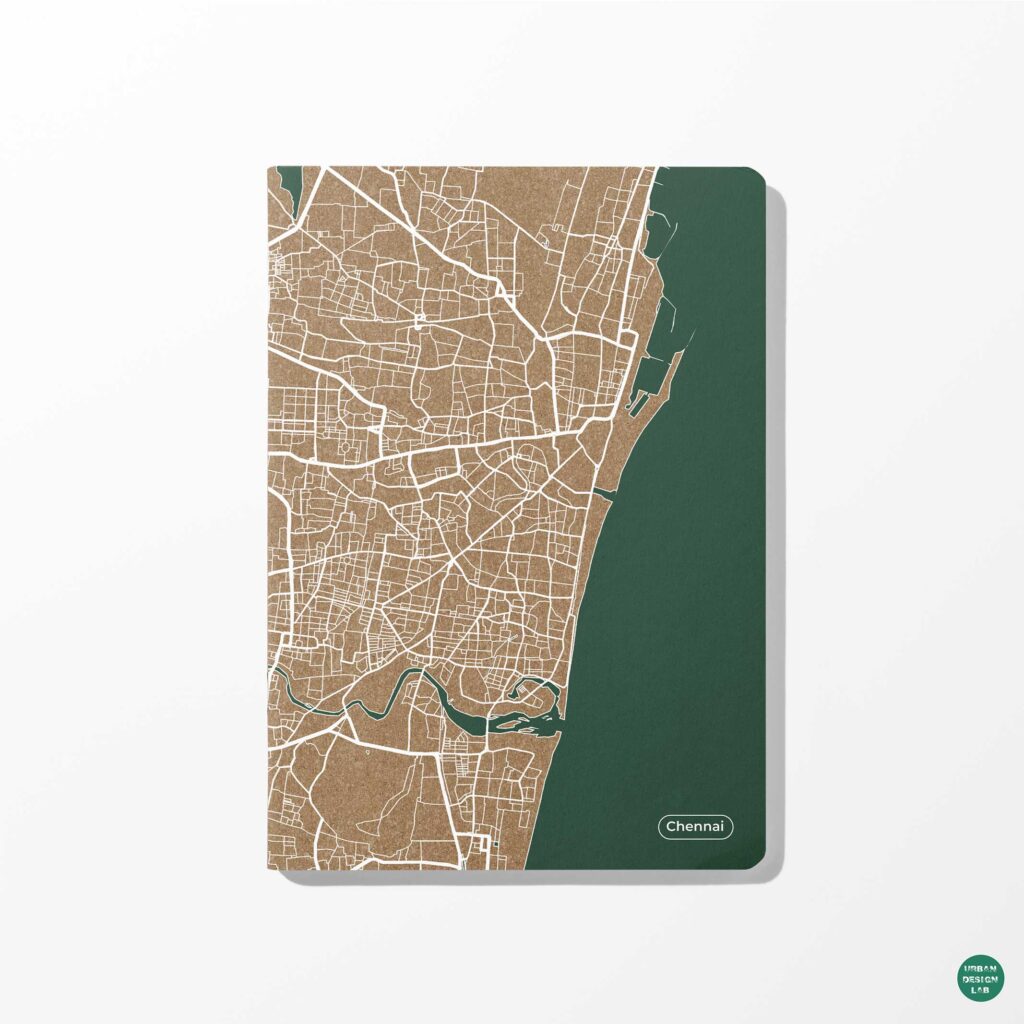
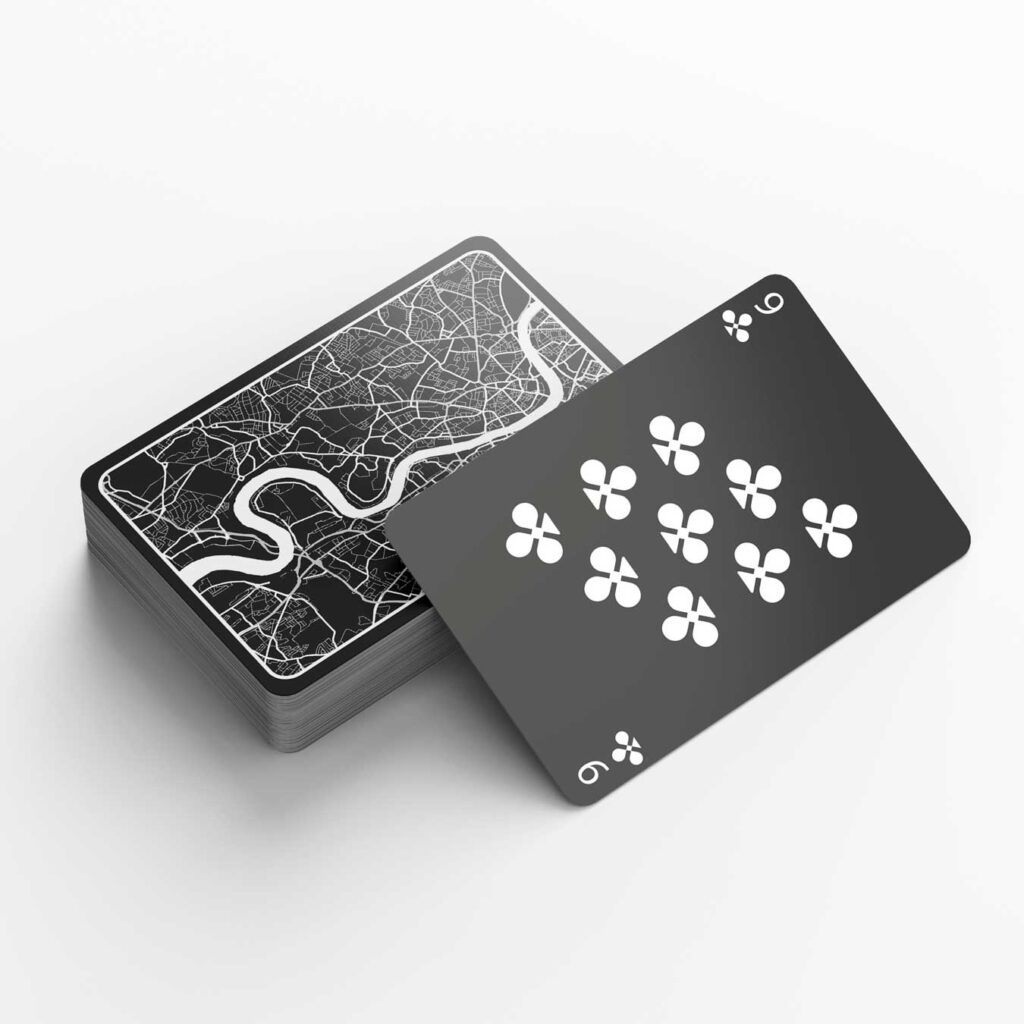
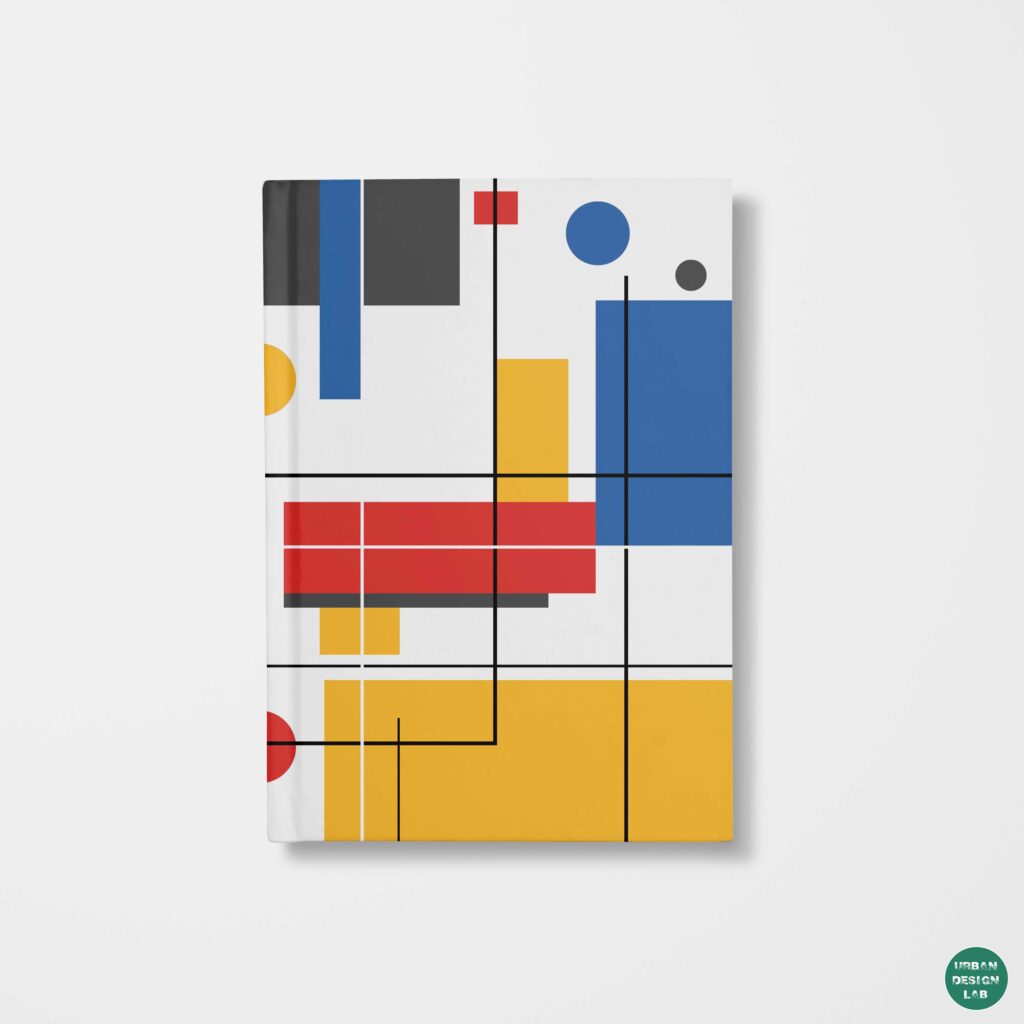
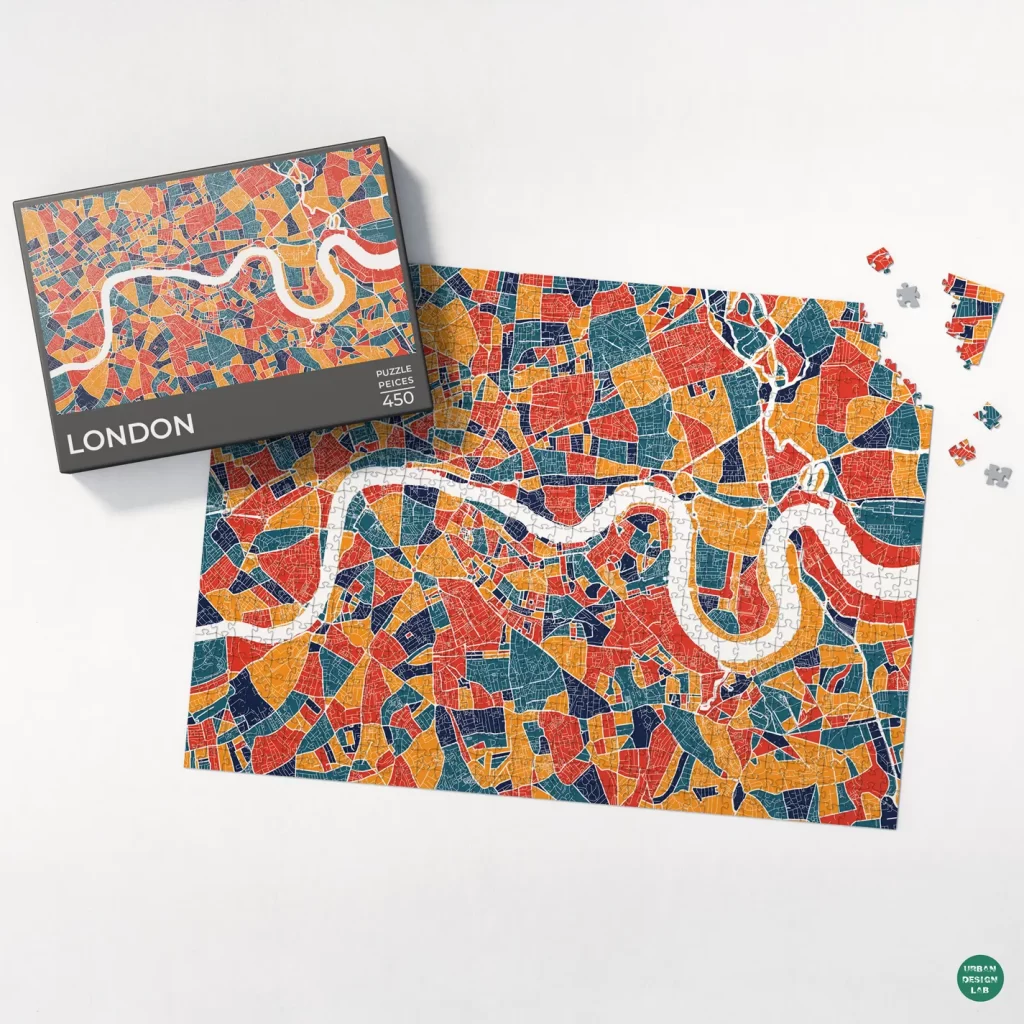


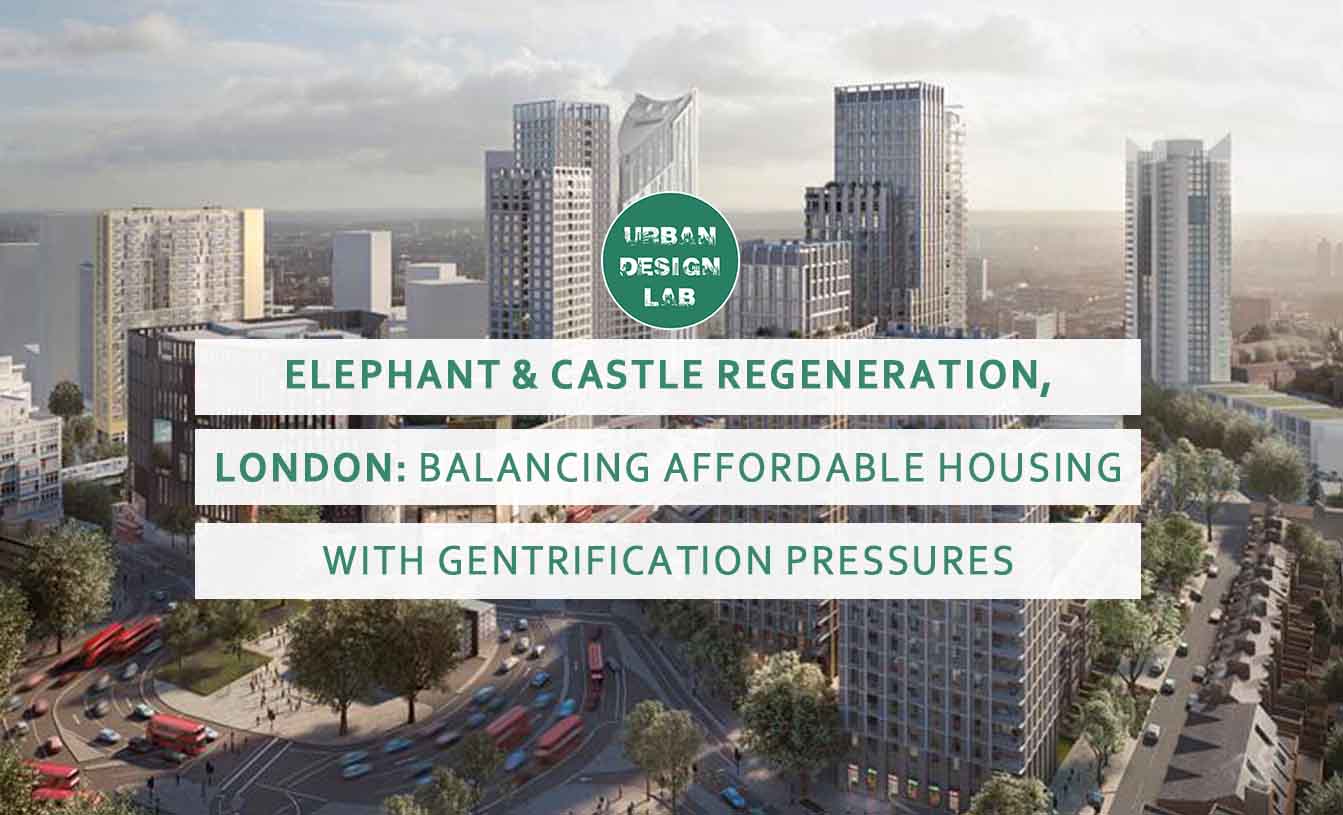


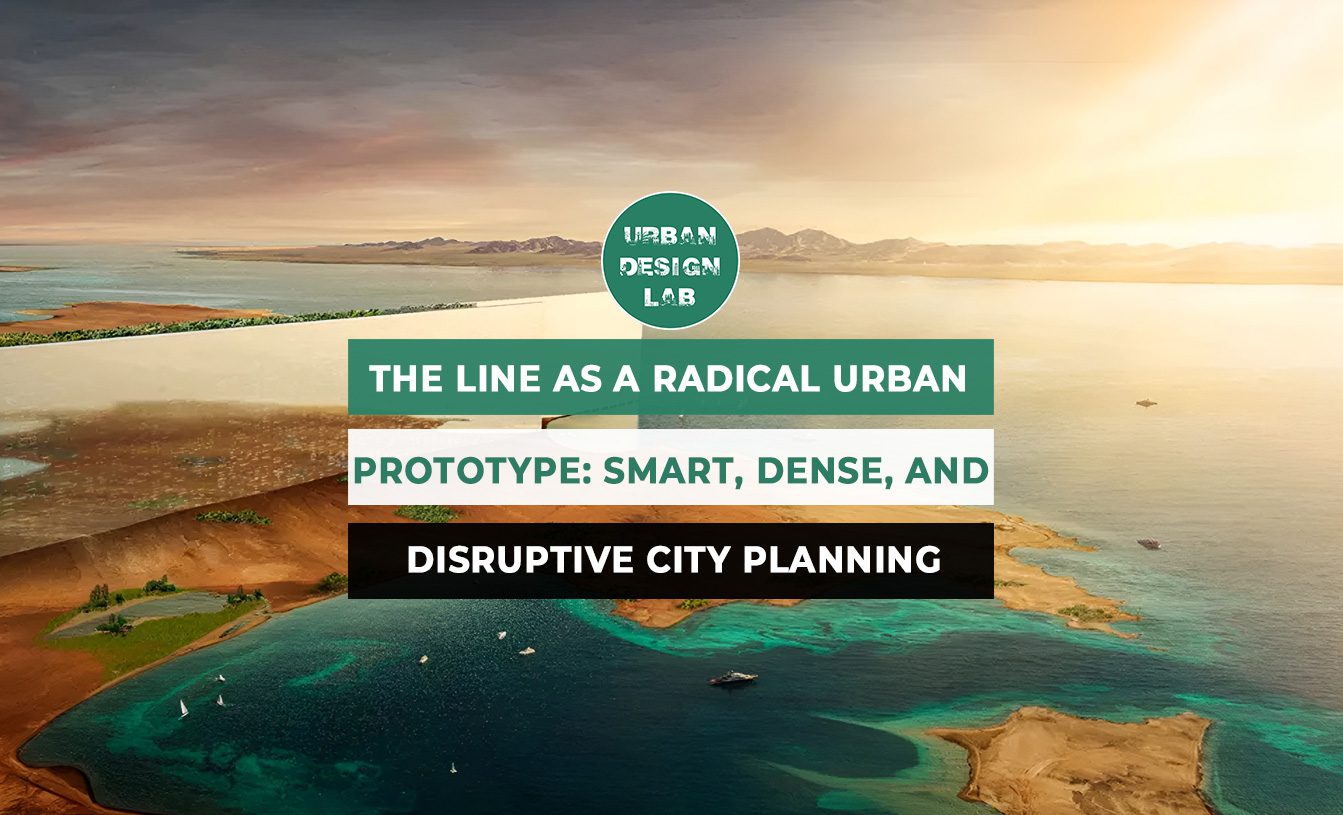
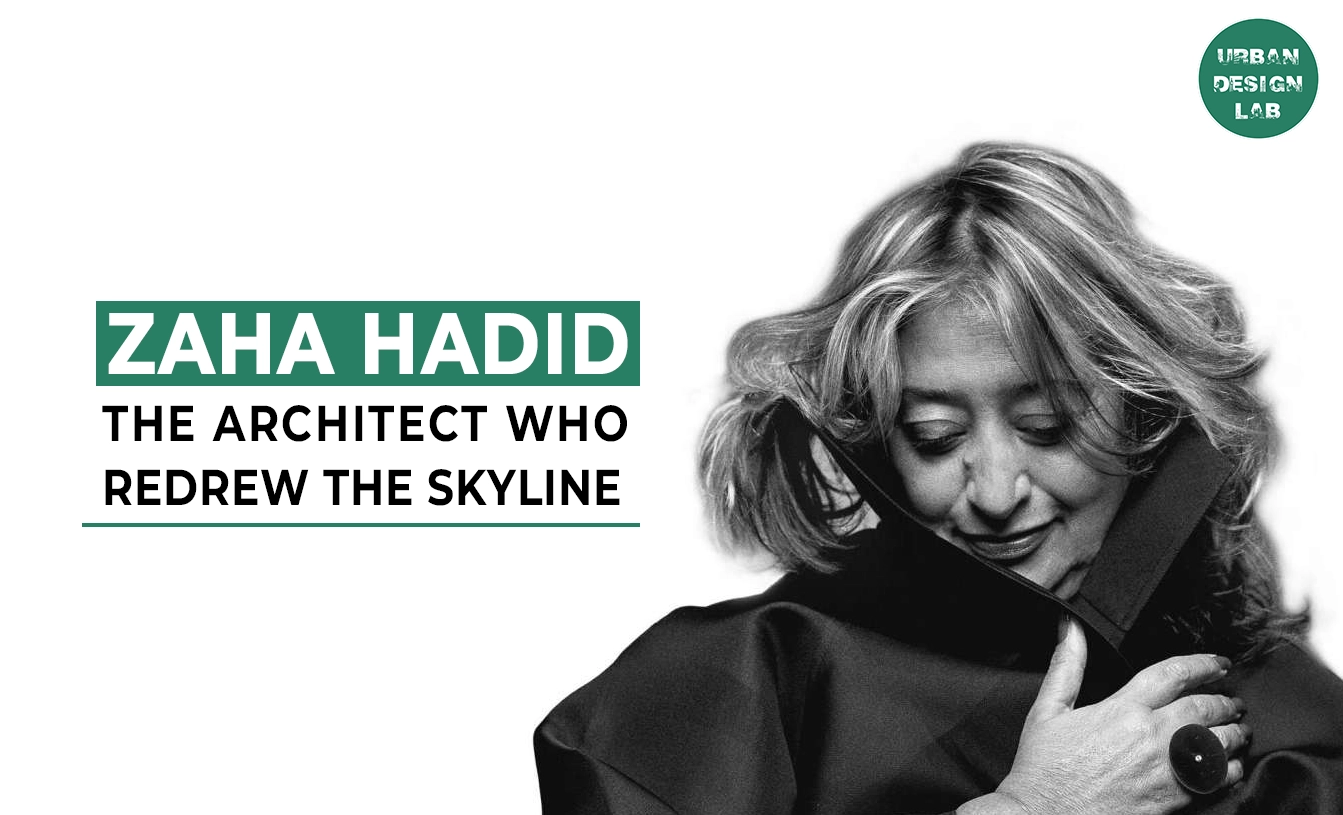
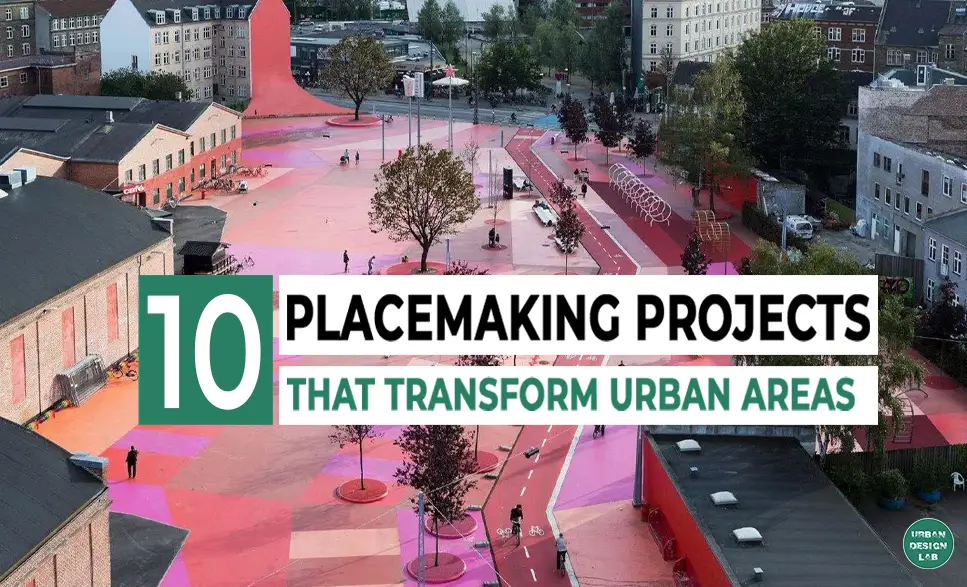


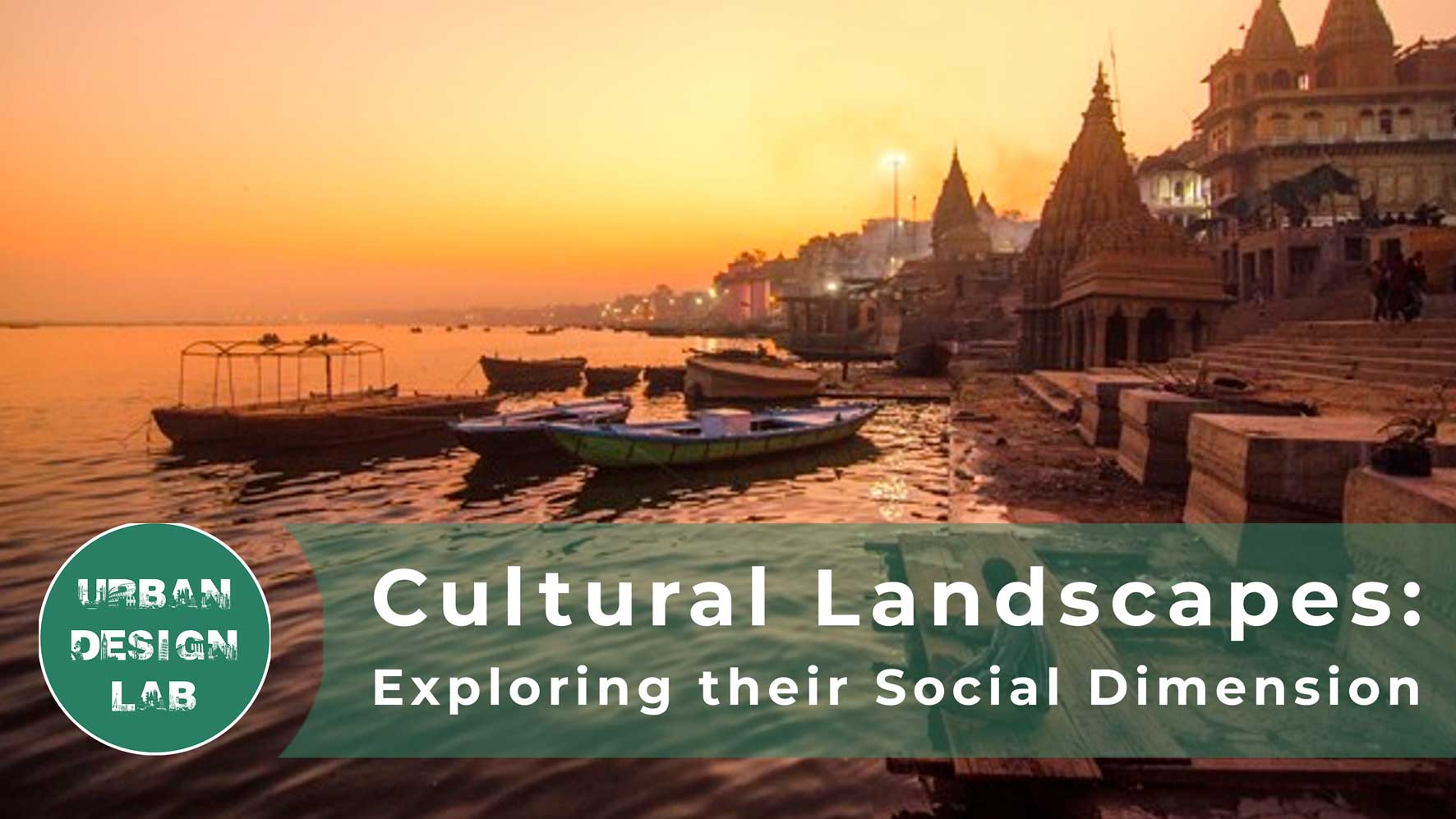
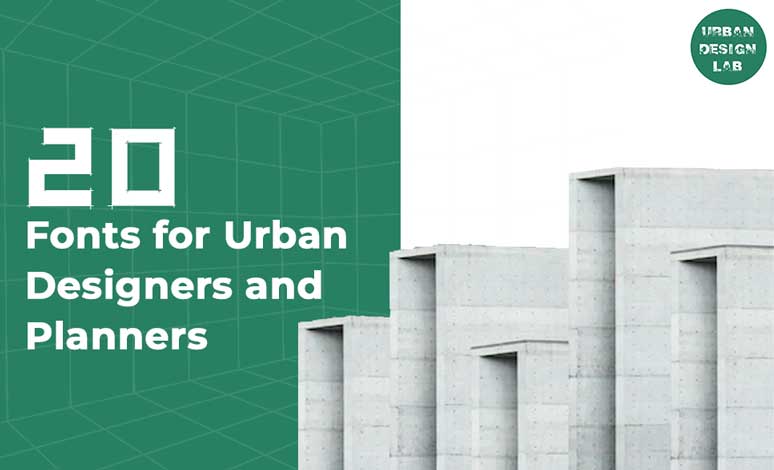
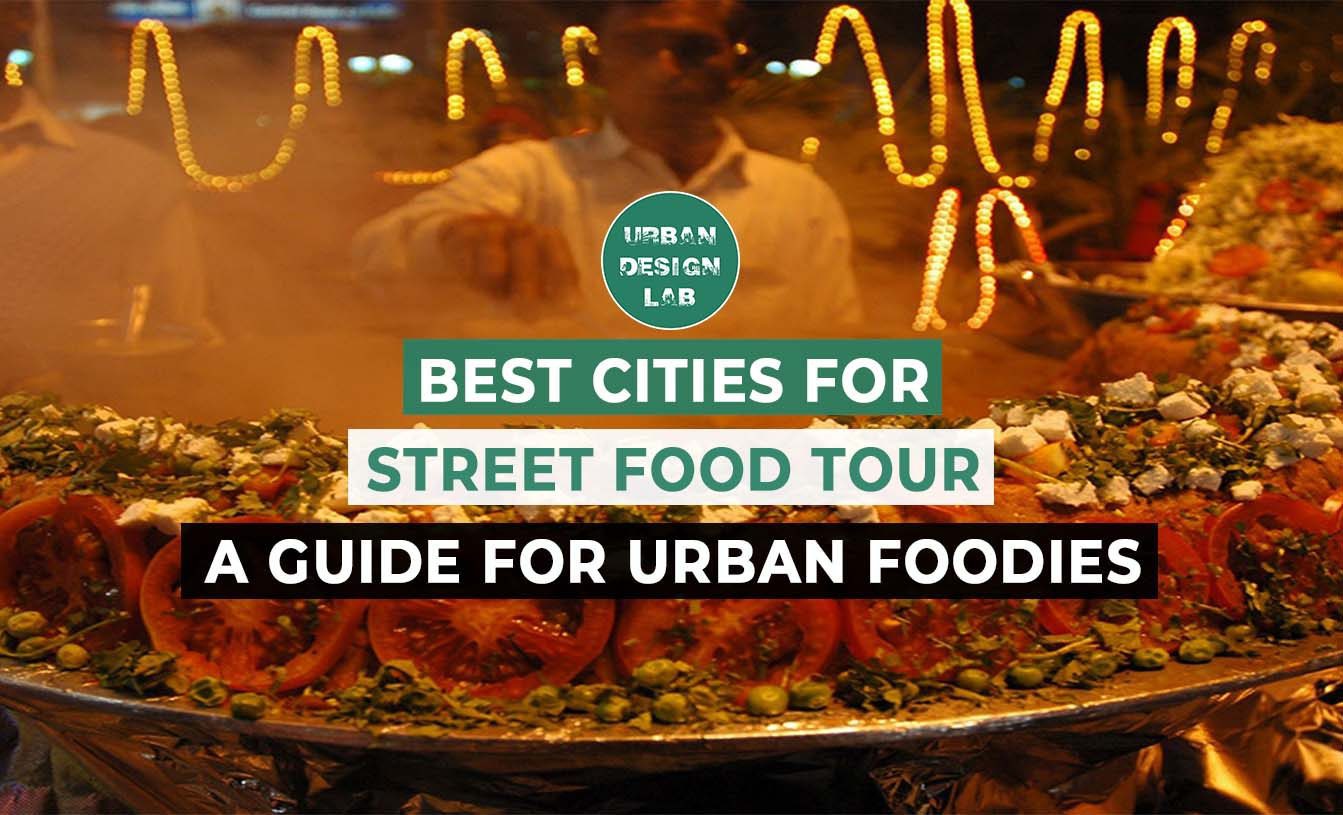
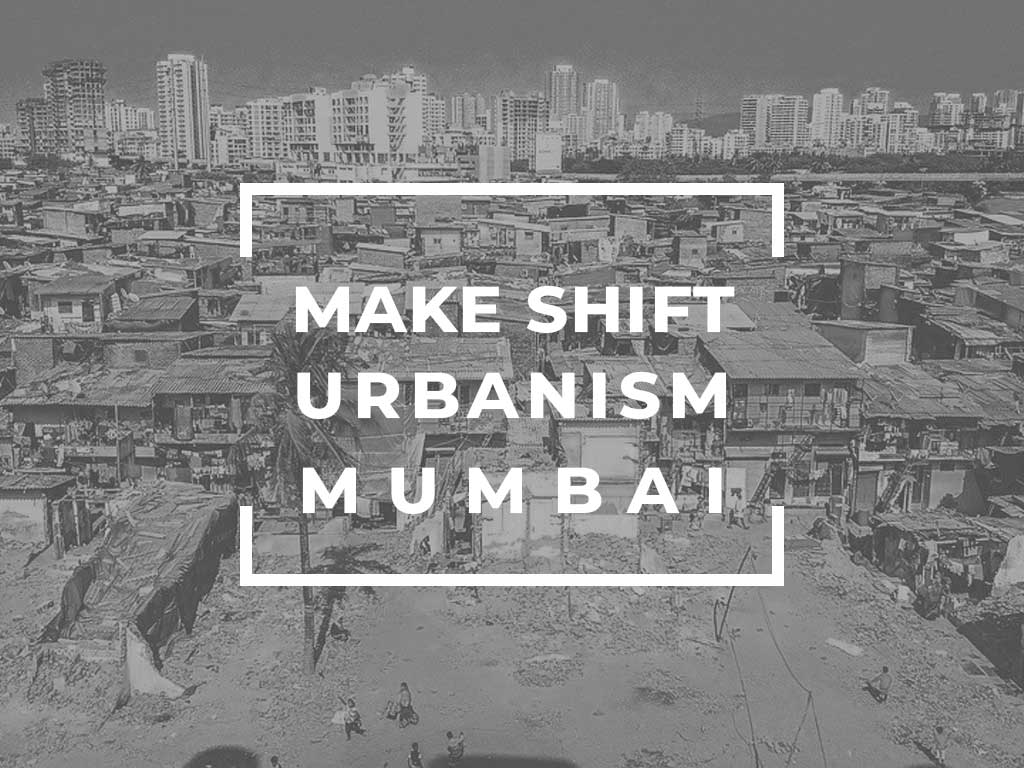
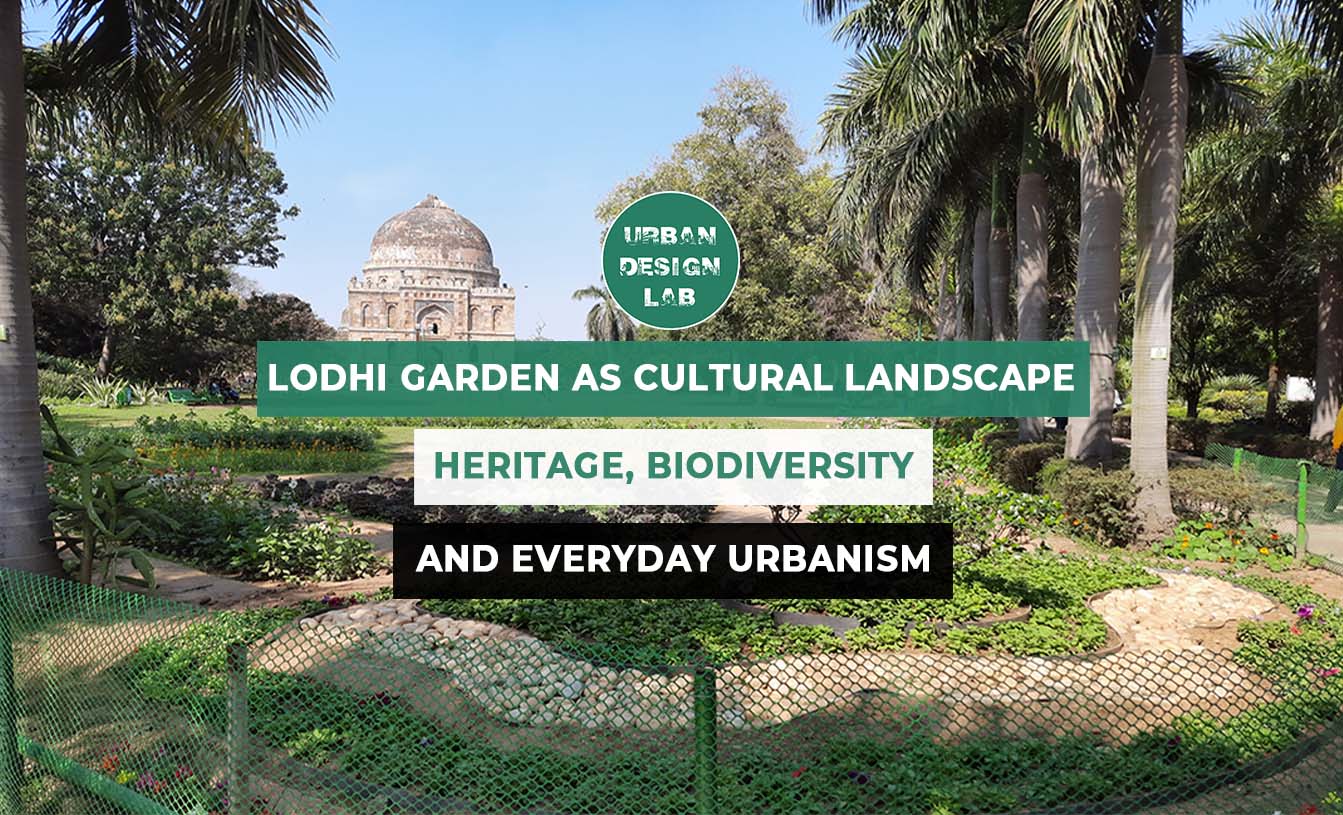

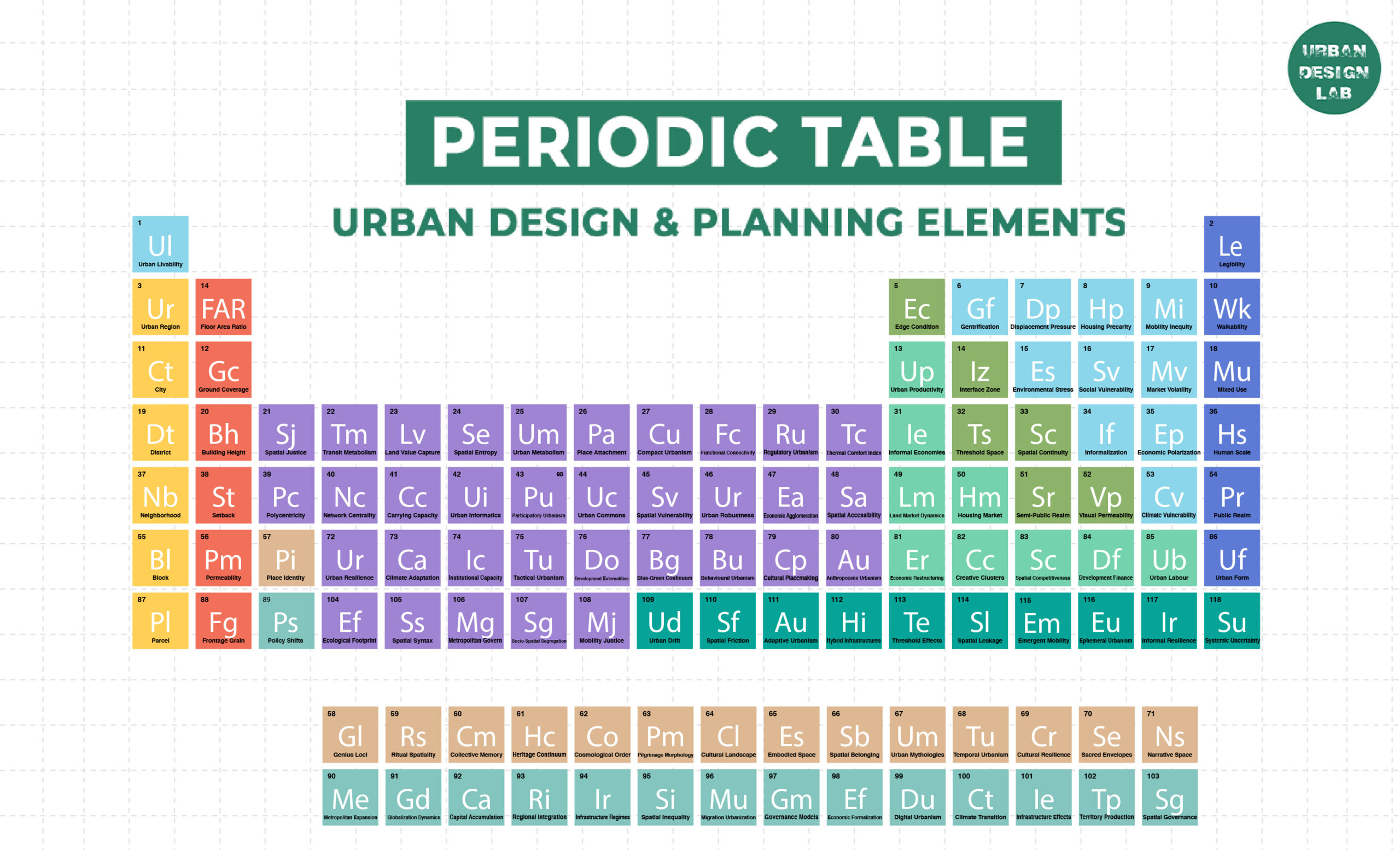



One Comment
An entirely refreshing read that on temporal mixed use open space planning.